Blog
Since days when shale oil and gas technologies were discovered, the U.S. energy industry has been evolving more rapidly than ever before. Many changes are amazing especially when you put them on an industry map. At Rextag not only do we keep you aware of major projects such as pipelines or LNG terminals placed in service. Even less significant news are still important to us, be it new wells drilled or processing plants put to regular maintenance.
Daily improvements often come unnoticed but you can still follow these together with us. Our main input is to “clip it” to the related map: map of crude oil refineries or that of natural gas compressor stations. Where do you get and follow your important industry news? Maybe you are subscribed to your favorite social media feeds or industry journals. Whatever your choice is, you are looking for the story. What happened? Who made it happen? WHY does this matter? (Remember, it is all about ‘What’s in It For Me’ (WIIFM) principle).
How Rextag blog helps? Here we are concerned with looking at things both CLOSELY and FROM A DISTANCE.
"Looking closely" means reflecting where exactly the object is located.
"From a distance" means helping you see a broader picture.
New power plant added in North-East? See exactly what kind of transmission lines approach it and where do they go. Are there other power plants around? GIS data do not come as a mere dot on a map. We collect so many additional data attributes: operator and owner records, physical parameters and production data. Sometimes you will be lucky to grab some specific area maps we share on our blog. Often, there is data behind it as well. Who are top midstream operators in Permian this year? What mileage falls to the share or Kinder Morgan in the San-Juan basin? Do you know? Do you want to know?
All right, then let us see WHERE things happen. Read this blog, capture the energy infrastructure mapped and stay aware with Rextag data!
Why Are Oil Giants Backing Away from Green Energy: Exxon Mobil, BP, Shell and more
As world leaders gather at the COP29 climate summit, a surprising trend is emerging: some of the biggest oil companies are scaling back their renewable energy efforts. Why? The answer is simple—profits. Fossil fuels deliver higher returns than renewables, reshaping priorities across the energy industry.
AI and the Battle for Sustainability: Tackling Landfills, Methane, Exxon Mobil in the Crossfire
The U.S. faces a pressing waste crisis as global waste levels rise and recycling remains largely ineffective. Traditional landfills, responsible for massive methane emissions and water contamination, continue to grow, and the energy-intensive recycling process for plastics remains hotly debated. With artificial intelligence (AI) now revolutionizing landfill management and pushing energy companies like Exxon Mobil to address their role in plastic waste, the question is: can technology bring us closer to a sustainable future?
Happy Halloween! ExxonMobil, BP, Shell, and More Face Tricks and Treats in a Spooky Q3 Earnings Season
As the leaves fall and we settle into Halloween’s cozy, pumpkin-spiced vibes, it’s not just the ghostly shadows creeping through the energy sector; major oil companies have reported mixed Q3 earnings, facing various challenges and surprises. While some players faced profit slumps reminiscent of a seasonal scare, others found treats hidden among their strategies and diversified portfolios. Here’s a look at how ExxonMobil, BP, CNOOC, Phillips 66, TotalEnergies, ConocoPhillips, and Shell fared in the last quarter.
The Worst is Over: Gulf of Mexico Oil and Gas Production Nearly Restored After Hurricane Francine
The Gulf of Mexico’s oil and gas production is bouncing back quickly following the disruption caused by Hurricane Francine. According to a statement from the Bureau of Safety and Environmental Enforcement (BSEE) on Monday, nearly all of the region's energy output has been restored, signaling a significant recovery after the storm passed. As of Monday morning, about 12.18% of oil production and 16.02% of natural gas production in the Gulf remained shut down, according to operator reports. This marks a vast improvement from the peak of the storm’s impact when more than half of the region’s natural gas output and over 40% of its oil production were offline.
TOP 3 Must-Watch Trends in Oil & Gas: Exxon Mobil, Shell, BP and ConocoPhillips
Last week, Exxon Mobil, Shell, BP, and ConocoPhillips all reported second-quarter earnings that exceeded analysts' expectations, while Chevron’s results fell short, largely due to challenges in its refining business. A significant portion of these multi-billion dollar earnings came from oil and gas production. The companies' executives have indicated that they plan to increase spending on new exploration projects moving forward. While this doesn't suggest that investors are ignoring climate goals at these major oil firms, it does show that they are focusing more on the profits generated from production.
Mega Mergers to Mega Sales: The Next Phase in Oil, Chevron, ConocoPhillips, and Occidental
U.S. oil and gas companies are facing a tough task: unloading $27 billion in assets to pay their investors. This push comes as the largest wave of energy mergers in 25 years is about to clear its final regulatory checks. Chevron, ConocoPhillips, and Occidental Petroleum are aiming to raise between $16 billion and $23 billion from selling off assets after their mergers. Exxon Mobil, another major player, has been raising about $4 billion a year from sales since 2021 but hasn't set a specific target for future divestitures.
U.S. Refineries: Lake Charles, Lemont, Wood River, Rodeo San Francisco, Los Angeles and TOP Operators
U.S. crude oil refining capacity experienced a notable boost this year, climbing 1.5% to reach 18.38 million barrels per day. The recent expansion includes Exxon Mobil's Beaumont, Texas, refinery, which underwent a significant increase of approximately 250,000 barrels per day. As of the start of 2023, there were 124 active oil refineries nationwide. After a two-year downturn due to decreased demand during the COVID-19 pandemic, U.S. refining capacity saw a significant rebound. In 2023 alone, capacity surged by over 100,000 barrels per day to reach 18.1 million, although this still trails the peak of 18.98 million barrels per day seen in 2019.
Exxon Mobil and the $60 Billion Deal That Changes Everything in Permian
Exxon Mobil recently completed its acquisition of Pioneer Natural Resources, a deal worth about $60 billion. This transaction, which is the biggest in shale oil history, significantly changes the competitive landscape in the Permian Basin, a major oil field. This marks Exxon Mobil's largest deal since its $84.4 billion merger with Mobil Corp. in 1999. With this acquisition, Exxon Mobil's production in the Permian Basin will double to 1.3 million barrels of oil equivalent per day.
Williston Basin Overview: 2022 vs 2023, Bakken Shale, Operators, Deals, 2024 Update
The Williston Basin is a big area filled with layers of rock that sits next to the Rocky Mountains in western North Dakota, eastern Montana, and the southern part of Saskatchewan in Canada. This area covers roughly 110,000 square miles. Geologically, it's very similar to the Alberta Basin in Canada. People started drilling for oil in the Williston Basin back in 1936, and by 1954, most of the land where oil could likely be found was already claimed for drilling. The Bakken Formation with parts of Montana, North Dakota, Saskatchewan, and Manitoba has become one of only ten oil fields globally to yield over 1 million barrels per day (bpd) since the late 2000s. It is currently the third-largest U.S. shale oilfield, behind the Permian and Eagle Ford. The boom in the Bakken started around September 2008, coinciding with the U.S. housing market crash. The application of new technologies, such as swell packers enabling multiple-stage fracturing, significantly enhanced oil recovery, making the Bakken Formation a key player in the U.S. In 2022, the Bakken oil field saw big improvements in how much oil and gas it could produce. At the start of the year, 27 drilling rigs were working there, more than double the 11 rigs from the start of 2021. Important upgrades included making the Tioga Gas Plant able to process 150 million cubic feet more gas each day, and making the Dakota Access Pipeline bigger, increasing its oil transport capacity from 570,000 to 750,000 barrels every day.
Is the U.S. Oil Production Boom Fading? M&A Activity Suggests So
The US oil industry made big headlines in 2023 thanks to its surprising record oil production. However, experts believe 2024 won't see the same level of growth, mainly due to one key factor: a surge in mergers and acquisitions (M&A). So far in 2024, the oil and gas exploration sector has seen mergers worth $55 billion. This follows a record-breaking year in 2023 when the industry announced deals totaling $190 billion, the highest ever for this sector.
Oil and Gas Industry of Wyoming: Basins, Counties, 2022 vs 2023 Review
In Wyoming during 2023, the oil and gas industry experienced various trends and developments. Wyoming ranked 8th nationally in both crude oil and natural gas production, significantly contributing to the economy through property and severance taxes. The state had a peak of 27,951 producing wells in 2022, including oil and gas wells, with 33 operating gas plants processing nearly 97% of the state's gas production. Notably, 21 of Wyoming's 23 counties produce oil and/or natural gas, with Converse County leading in crude oil production and Sublette County in natural gas production. U.S. Energy Information Administration (EIA) predicted that crude oil production across the United States would increase to 12.8 million b/d in 2024. Throughout 2023, oil production in Wyoming showed an upward trend, with more than 95 million barrels expected to be produced, an increase of about 3 million barrels from 2022. This rise in oil production was partly attributed to the completion of 110 newly drilled oil wells in the first half of the year, mainly in the Powder River Basin. However, natural gas production faced a decline due to the aging of wells and a low number of new gas wells being completed. Only 18 new gas wells were finished in the first half of 2023, with a noted interest in drilling applications, suggesting potential future developments.
Chevron Faces Potential Hurdle from Exxon in $53 Billion Hess Acquisition
This week, Chevron told its investors about a bump in the road with its plan to buy into a big oil project near Guyana. The problem is Exxon Mobil and China's CNOOC say they should get the first chance to make an offer against Chevron's plan to buy Hess's part in the project. This issue could mess up Chevron's plans, making it hard or impossible to finish the deal as they hoped.
TOP 2022 vs 2023 Permian Producers Overview by Rextag
The Permian Basin, America's prime oil region, faced significant challenges during the COVID-19 pandemic. The industry saw a drastic reduction in rigs and fracking crews and had to close some operations as oil prices plummeted, leading to widespread restructuring. Now, the Permian is making a strong comeback. Over the last three years, exploration and production companies (E&Ps) have increased their drilling activities. They're focusing on spending wisely and maximizing returns to their investors. The Permian's role is crucial. It was projected to contribute over 5.98 million barrels of oil per day in December, making up about 62% of the total oil production in the Lower 48 states, as per the EIA.
Permian Basin Giants: 2024 Net Production Forecasts
Rystad Energy predicts that the merged company of Diamondback Energy and Endeavor Energy will produce 819,500 barrels of oil per day in the Permian Basin in 2024. Rystad, an energy research and business intelligence company from Norway, expects the ExxonMobil-Pioneer Natural Resources merger to lead the Permian in total net production for the year, with a projection of nearly 1.4 million barrels per day. Notably, about 53% of this production will be oil. Chevron is set to produce slightly more than Diamondback-Endeavor, with Occidental-CrownRock following closely. ConocoPhillips ranks fifth, with a production forecast of just under 800,000 barrels per day. Chevron's production is 47% oil, while Diamondback-Endeavor and ConocoPhillips have 57% oil in their mix, and Occidental-CrownRock is just below 50%.
From Peanuts to Richest Oil Tycoon in America: Autry Stephens Built an Empire, his net worth is...
Diamondback Energy is buying Autry Stephens's company, Endeavor Energy Resources, for $26 billion. This deal (learn more) will make Stephens the richest oil driller in the U.S., with a $25.9 billion fortune, jumping him up to 64th place on a list of the world's richest people. He'll be wealthier than other big names in oil, like Harold Hamm with $15.4 billion and Jeff Hildebrand with $17 billion. However, Charles and Julia Koch are still richer, but their money comes from different businesses, not just oil.
Oil and Gas: Diamondback and Endeavor's $26 Billion Merger Redefines Permian Basin
Diamondback's buyout of Endeavor happened about four months after ExxonMobil and Chevron made huge deals, with Exxon buying Pioneer Natural Resources for $59 billion and Chevron getting Hess for $53 billion. Even though 2023 was a slow year for company buyouts and mergers, with the total deals at $3.2 trillion (the lowest since 2013 and 47% less than the $6 trillion peak in 2021), the energy sector was still active. Experts think this buzz in energy deals is because these companies made a lot of money in 2022.
Hess Corp. Increases Drilling Activity Before Chevron Takeover
Hess Corp. is in the final stages of a major sale to Chevron, with increased drilling and production in the Bakken region noted in the last quarter. Hess announced its fourth-quarter net production in the Bakken reached 194,000 barrels of oil equivalent per day (boe/d), a slight increase from the third quarter's 190,000 boe/d and a significant 23% rise from the 158,000 boe/d seen in the fourth quarter of the previous year. This growth is attributed to more drilling and the impact of the previous year's severe winter weather.
Bakken's Tipping Point: Grayson Mill's Potential Fall After Chevron-Hess
The Permian Basin, a big oil area, is not seeing as many deals as before because lots of companies have already joined together. Now, experts think these companies might start looking for new places to invest in the U.S. One area getting attention is the Bakken play. Chevron Corp. has just made a big step there by buying Hess Corp. for $60 billion. Another company, Grayson Mill Energy, which got some help from a Houston investment firm EnCap Investments LP, might also be up for sale soon, worth about $5 billion.
Occidental, CrownRock Merger Under Regulatory Review: 2024 Update
CrownRock's 94,000+ net acres acquisition complements Occidental's Midland Basin operations, valued at $12.0 billion. This expansion enhances Occidental's Midland Basin-scale and upgrades its Permian Basin portfolio with ready-to-develop, low-cost assets. The deal is set to add around 170 thousand barrels of oil equivalent per day in 2024, with high-margin, sustainable production.
Welcome 2024: A Look Back at 2023 Top Oil and Gas Sector Deals
2023 was quite a year for the oil and gas sector, with some big deals making the news. In the US, giants like ExxonMobil and Chevron grabbed headlines with their plans to acquire companies like Pioneer and Hess. Internationally, ADNOC wasn't left behind, expanding its reach as well. As we ring in the new year, let's recap the biggest oil and gas deals of 2023.
Occidental's Asset Cuts After CrownRock's $12 Billion Deal
Occidental Petroleum is expanding its reach in the Midland Basin and targeting deeper drilling in the Barnett area through its significant $12 billion purchase of CrownRock LP. CrownRock, a collaboration between CrownQuest Operating LLC and Lime Rock Partners, is recognized for its prime land holdings in the Permian Basin. This acquisition brings over 94,000 net acres and 1,700 undeveloped drilling spots in the Midland Basin to Occidental's portfolio.
Anticipated Growth: Endeavor Energy's Value Nearing $30 Billion
This summer, J.P. Morgan Securities highlighted Endeavor Energy Resources as the Midland Basin's standout in mergers and acquisitions, suggesting its value might approach $30 billion. Endeavor Energy Resources, a privately-owned entity in Midland focusing solely on its operations, has seen a significant uptick in production. It now boasts a production rate of 331,000 barrels of oil equivalent per day (boe/d), marking a 25% increase from the previous year.
Exxon Mobil and Pioneer Merge in $60 Billion Deal to Dominate Shale Market
Exxon Mobil (XOM.N) has reached an agreement to acquire its domestic competitor, Pioneer Natural Resources (PXD.N). This all-stock transaction, which places a valuation of $59.5 billion on the deal, promises to establish Exxon as the preeminent producer in the U.S.'s most extensive oilfield. At a valuation of $253 per share, this merger brings together the prowess of Exxon, America's largest oil entity, with Pioneer, a standout performer that has risen to prominence during the shale boom.
Mexico Pacific LNG: A New Export Era Anchored by Permian Gas
Natural gas from the U.S. Permian Basin is set to be the primary source for Mexico's Pacific's Saguaro Energía LNG facility. Located in Puerto Libertad, Sonora, the Saguaro Energía LNG export facility will feature three processing trains. The site is primed for potential expansion with plans for three additional trains of similar capacity. Its strategic Pacific Coast location offers a 55% shorter shipping route to Asia, providing significant savings and reduced carbon emissions.
Baker Hughes Confirms a Third Weekly Decline in US Oil and Gas Rigs
In a recent announcement, energy services firm Baker Hughes stated that U.S. energy companies have decreased the number of operating oil and gas rigs for the third successive week. This development marks the first such consistent reduction since early September. As of October 6, the count for oil and gas rigs, considered a precursor to future production levels, has seen a decline by four, positioning it at 619. This is the lowest figure recorded since February of the preceding year. The overall rig count has decreased by 143 or 19% when compared to last year's statistics.
Under Construction Pipelines: Outlook 2023 by Rextag
According to Globaldata, 196,130km of planned and announced trunk oil and gas pipelines are anticipated to become operational globally between 2023 and 2030. This consists of 113,099km of planned pipelines that have identified development plans, and 83,031km of early-stage announced pipelines currently under conceptual study, expected to receive development approval. Based on Global Energy Monitor's 2023 data, Africa and the Middle East account for 49% of the global oil transmission pipeline construction, valued at US$25.3 billion. The report indicates these regions are currently constructing 4,400 km of pipelines with an investment of US$14.4 billion. There are plans for an additional 10,800 km at an approximate cost of US$59.8 billion.
ExxonMobil Acquires Denbury and Enhances carbon, capture, and storage efforts
ExxonMobil's joined assets speed up their Low Carbon Solutions business, offering better decarbonization options for customers. ExxonMobil's top CCS network supports their commitment to low carbon value chains, like hydrogen and biofuels. The transaction synergies will cut over 100 MTA of emissions, leading to strong growth and returns. Exxon Mobil Corporation revealed that it will acquire Denbury Inc., a company specializing in carbon capture, utilization, and storage (CCS) solutions and enhanced oil recovery. $4.9 billion deal will be completed through an all-stock transaction. Darren Woods, Chairman and CEO said “Acquiring Denbury reflects our determination to profitably grow our Low Carbon Solutions business by serving a range of hard-to-decarbonize industries with a comprehensive carbon capture and sequestration offering”.
Chord Energy Corp. Expands Williston Basin Footprint with $375 Million Acquisition from Exxon Mobil
Chord Energy Corp.'s subsidiary has entered into an agreement to purchase assets in the Williston Basin from Exxon Mobil, and its affiliates for $375 million. Chord Energy, a US independent company, is strategically expanding its presence in the Williston Basin of Montana and the Dakotas. While industry attention remains fixated on the Permian Basin, Chord Energy recognizes the potential of the Williston Basin and is capitalizing on the opportunity to enhance its reserve portfolio. Chord Energy successfully completed the acquisition of 62,000 acres in the Williston Basin from XTO Energy for a substantial cash consideration of $375 million.
Permian O&G Basin 2022 Review
The Permian Basin is one of the most important oil and gas basins in the world, located in western Texas and southeastern New Mexico in the United States. Oil drilling and production in the Permian Basin began in the early 1920s. The first significant discovery in the region was made in 1923 in the Westbrook field in Mitchell County, Texas. This discovery led to a boom in oil exploration and production in the area. By the 1930s, the Permian Basin had become one of the major oil-producing regions in the United States, and it continued to grow in importance throughout the 20th century.
Exploring ESG in Upstream Operations: Examining Achievements, Obstacles, and Emerging Patterns
ESG considerations are becoming increasingly essential for companies operating in the upstream sector. Failure to address ESG concerns may result in financial and reputational risks, given the growing focus from investors, regulators, and other stakeholders. Companies must prioritize ESG performance and engage with stakeholders to address concerns and mitigate risks. By doing so, they can improve their reputation, attract investment, and contribute to a more sustainable future
A&Ds in O&G forecast for 2023, trends and factors that influence this
“Our view is in 2023 M&A picks up. There was some this 2022 year, but again, it was such a funky, weird macro world. We expect fewer surprises in 2023.” — Dan Pickering, Pickering Energy Partners. Modern companies in the world operate in a rapidly changing external environment, so the process of reorganization is one of the basic tools for solving the problem of adapting companies to new conditions. Recently, the number of Acquisitions and Divestitures in the oil and gas industry has been growing rapidly, i.e. it can be said that the market for these deals is dynamically developing.
ESG - what are the criteria O&G companies should meet?
Most companies have plans in place to identify and manage the normal operational risks of enterprise asset management (EAM). But, it is equally important to consider the potential emergence of ESG risks that a company may face. While predicting events such as hurricanes, pandemics, and regulatory violations is difficult, preparing for or mitigating the impact can avoid potentially devastating effects on an asset-rich organization, as well as its employees and shareholders. As a reminder, ESG investing looks at three elements: environmental (E), social (S), and governance (G) issues, with stakeholders looking not only at the financial parameters of a transaction but also the non-financial parameters. For example, oil and gas companies should develop plans to restore power lines or pipelines after an earthquake or other natural disaster. These plans should describe procedures for how employees will access remote sites, which assets will be prioritized, what additional equipment will be needed, and how it will be obtained.
Blockchain as a technology for smart contracts in O&G
The oil and gas industry has long relied on the recommendations of trusted experts to make key supply chain decisions. The growing popularity of Blockchain technology could significantly disrupt these relationships by providing an unbiased methodology for sourcing, tracking, and executing transactions on behalf of customers with transparent data sets across supply chain endpoints. Blockchain technology has already been used by many global companies in the last two years in various areas such as IoT (Internet of Things), smart contracts, and cryptocurrencies. It has enabled businesses to benefit from the inherent trust and transparency of the technology.
Aera Energy Sold to IKAV Exxon&Shell Divest of CA Crude Producer
California oil joint venture, Aera Energy, of Exxon Mobil Corp. and ShellPlc is being sold to German asset manager IKAV, according to the agreement of Sept. 1. Shell noted that the sale of its 51.8% membership interest in Aera Energy is for a total consideration of about $2 billion in cash with additional contingent payments based on future oil prices, subject to regulatory approval. However, the total transaction value was not disclosed. Being one of California’s largest oil and gas producers, Aera Energy accounts for nearly 25% of the state’s production. The sale by Exxon Mobil and Shell ends a 25-year-long partnership in California, meanwhile, it persists a streak of divestments of mature oil and gas properties by the two supermajors. Aera Energy LLC operates about 13,000 wells in the San Joaquin Valley in California, producing oil and associated gas. In 2021, Aera took out about 95,000 boe/d. Exxon Mobil’s interests in the Aera oil-production operation in California contained a 48.2% share of Aera Energy LLC and a 50% share of Aera Energy Services Co. held by Mobil California Exploration & Producing Co. Moreover, Exxon Mobil affiliates have signed a separate agreement for the sale of an associated loading facility and pipeline system. The sale effectively ends Shell’s upstream position in California. The company reported that the divestiture is valued to result in a post-tax impairment of $300 million to $400 million, subject to adjustments.
Crude oil pipelines in North America: a current perspective
Being the main means of transferring crude oil around the world, pipelines rapidly route oil and its derivative products (gasoline, jet fuel, diesel fuel, heating oil, and heavier fuel oils) to refineries and empower other businesses. The U.S. and Canada solely make North America a major oil hub for more than 90,000 miles of crude oil and petroleum product pipelines, which are connected to more than 140 refineries daily processing about 20 million barrels of oil. Compared to 2010, U.S. crude oil production has increased more than twice: from 5.4 to 11.5 million barrels a day. Therefore, newly produced oil obliged energy companies to expand their pipeline networks, but it has only increased by 56%. According to the latest data, Plains manages the largest pipeline network across the U.S. and Canada (its diameter is at least 10 inches) which is the 14,919-mile network that spans from the northwestern tip of Alberta down to the southern coasts of Texas and Louisiana. The place where all these various spreading pipeline networks carry crude oil is refineries, where it is transformed into different petroleum products. Gulf Coast (PADD 3) possesses several refineries with the largest throughput in North America that process more than 500,000 barrels per day. Not only does the development of new pipelines give a plethora of opportunities for economic growth but also it remains a contentious issue in Canada and the U.S., with the cancellation of the KeystoneXL pipeline emblematic of growing anti-pipeline sentiment. In 2021, only 14 petroleum liquids pipeline construction plans were completed in the U.S., which is considered the lowest amount of new pipelines and expansions ever since 2013. Anti-pipeline sentiment did not come out unexpectedly as leaks and spills in just the last decade have resulted in billions of dollars of damages. From 2010 to 2020, the Pipelineand Hazardous Materials Safety Administration reported 983 incidents that resulted in 149,000 spilled and unrecovered barrels of oil, even five fatalities, 27 injuries, and more than $2.5B in damages.
To Be or Not To Be: Bakken Assets Could Fetch $5 Billion for Exxon Mobil
Exxon Mobil Corp. is weighing prospects of selling its assets in North Dakota’s Bakken, after gauging interest from potential buyers — 5 billion is the issue price, at least according to rumors. The price point came about after the news that the oilgiant is in the final round of hiring bankers to help launch the sale. Yet Exxon Mobil itself stays tight-lipped regarding the situation.
The Hunting Season Is Not Over Yet: Exxon Mobil makes a $400 million commitment to Wyoming's carbon capture
Carbon footprint reduction is a new hot trend: Exxon Mobil makes a $400 million investment into its LaBarge facility to expand its carbon capture and storage capabilities by another million metric tons of CO2. Operational activities could begin as early as 2025 after a final investment decision is made in 2022. At present, about 20% of all CO2 captured worldwide each year is captured at the LaBarge. However, as one of the largest of the world's Big Oil companies, it is not the only project in Exxon's pipeline: aside from CCS capabilities, the LaBarge is one of the world's largest sources of helium, producing approximately 20% of global supply
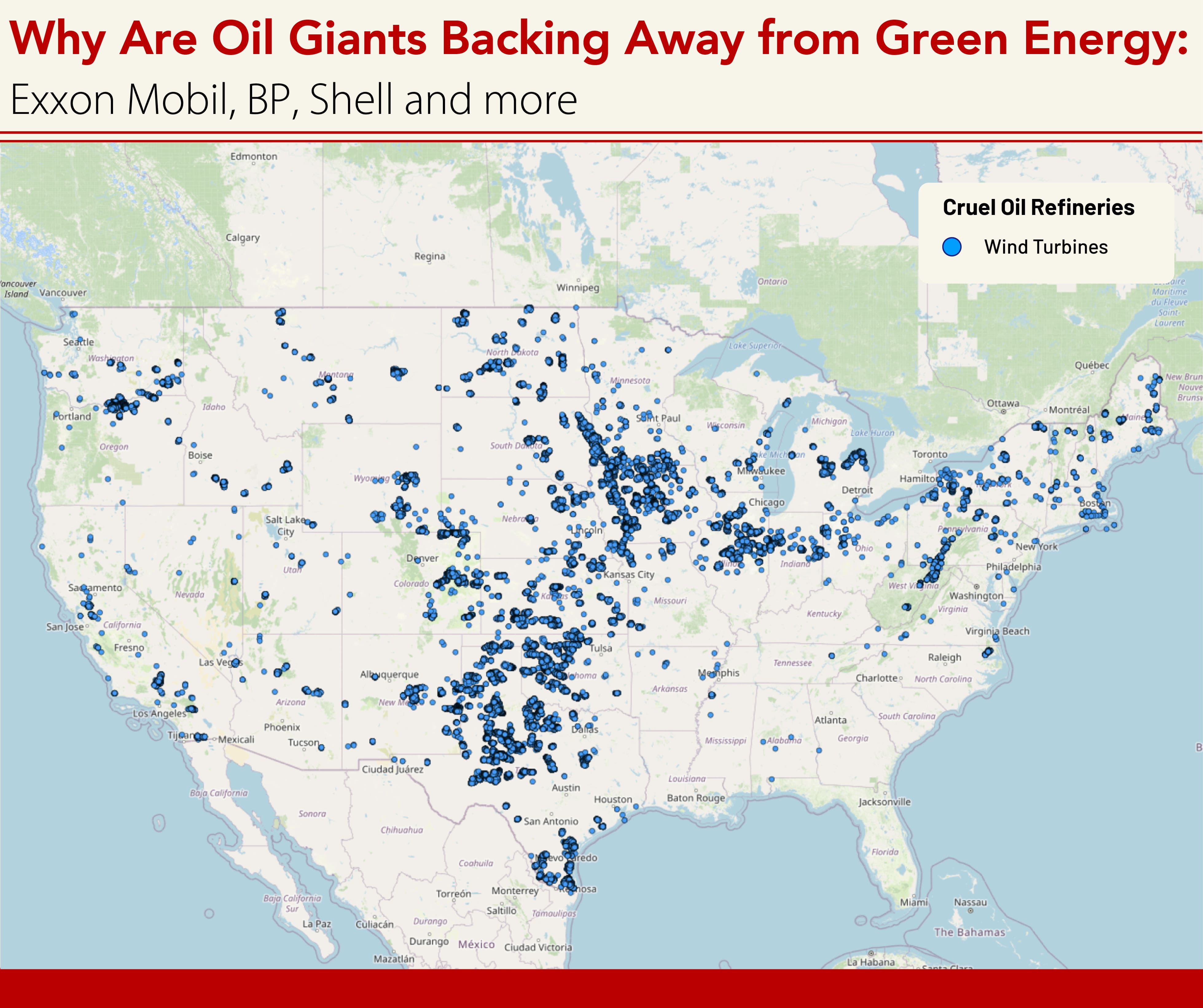
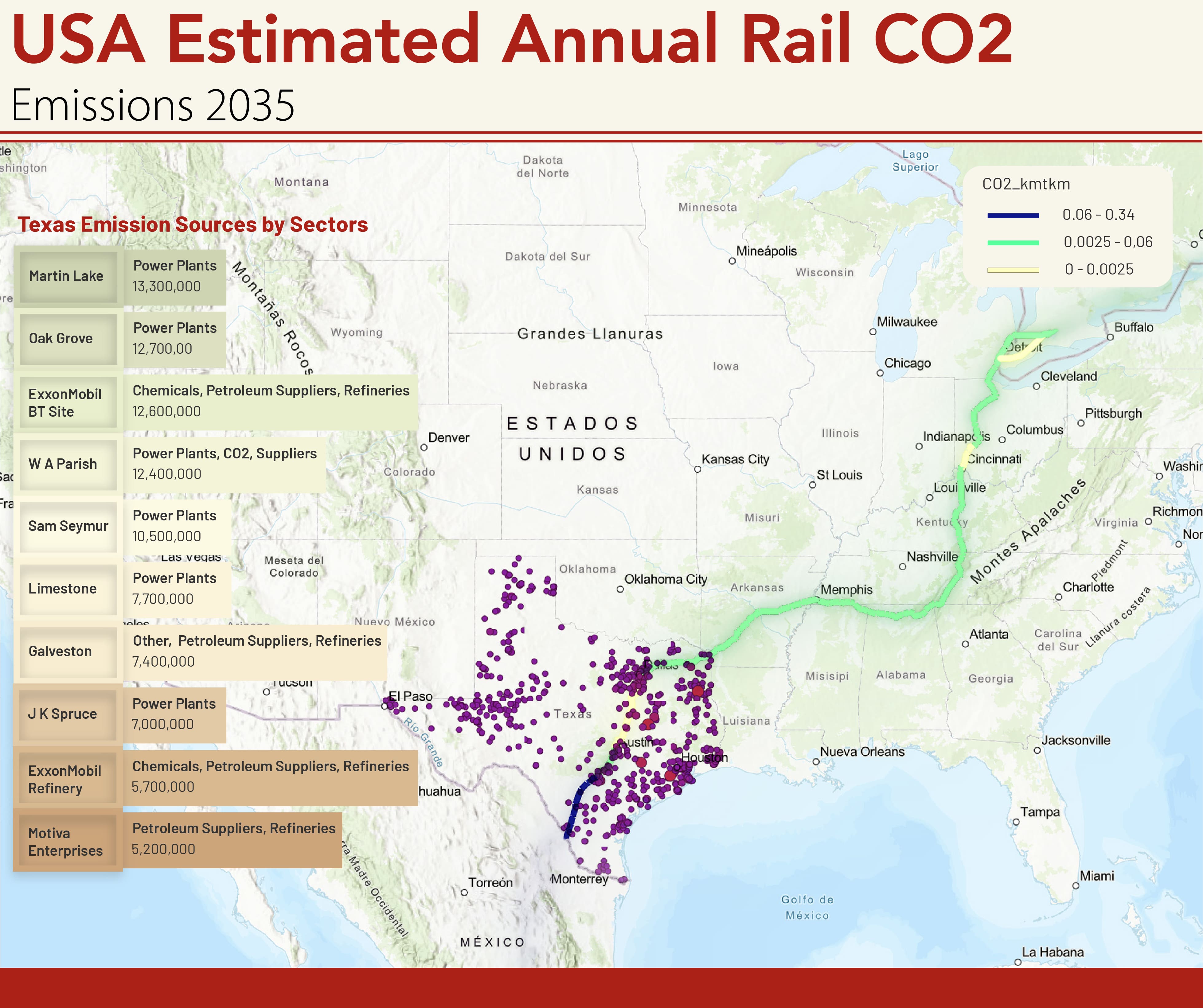

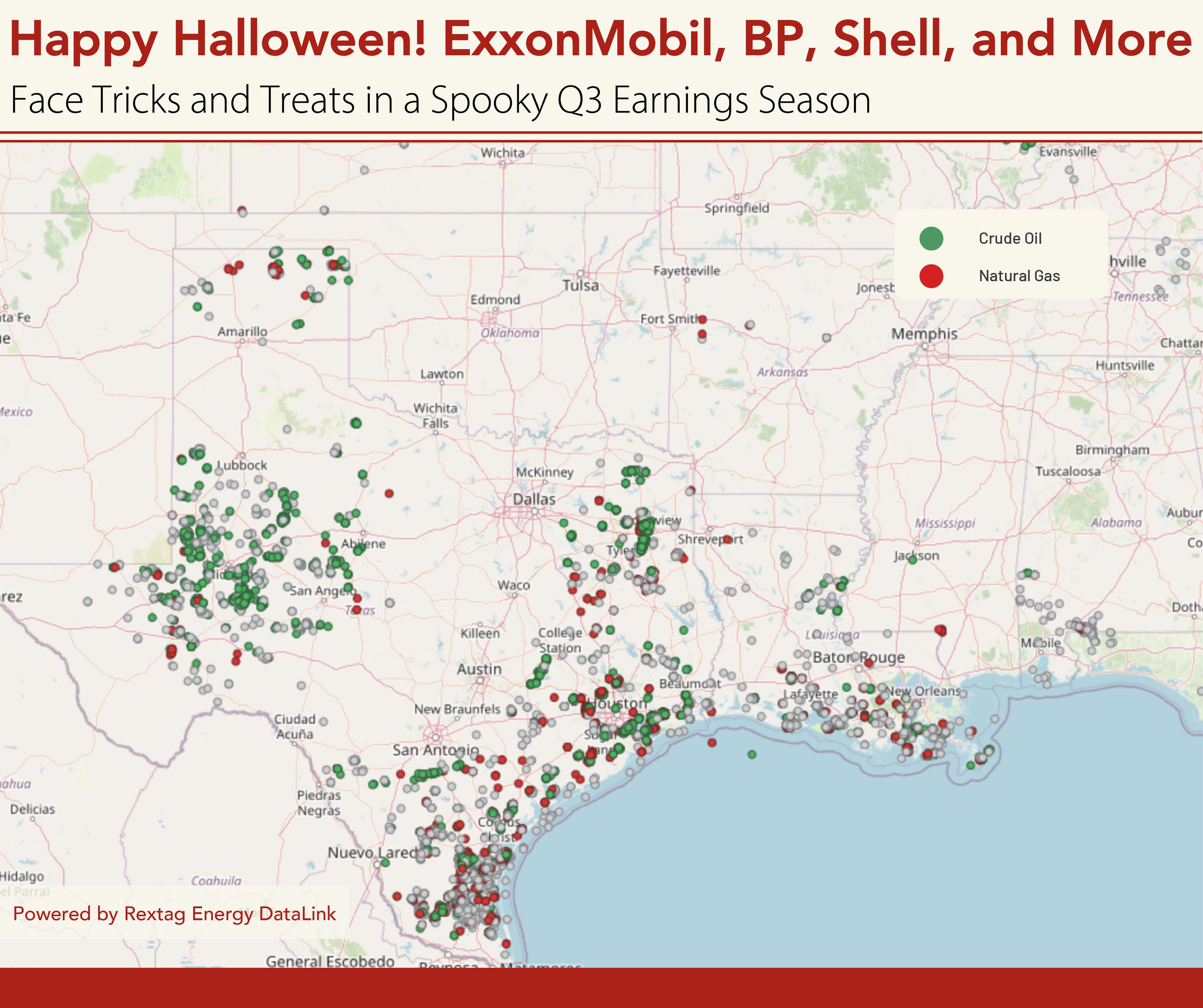
.jpg)

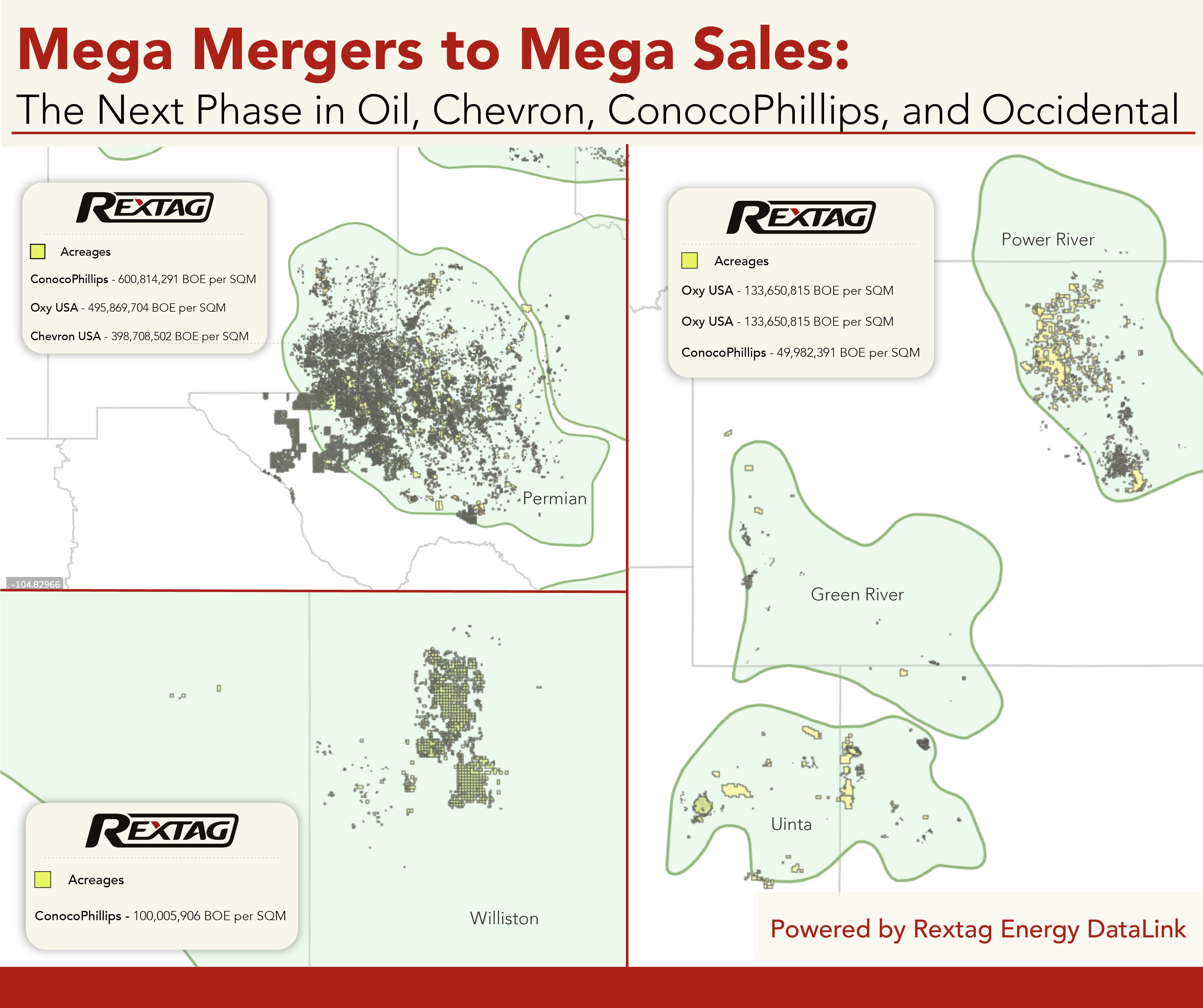

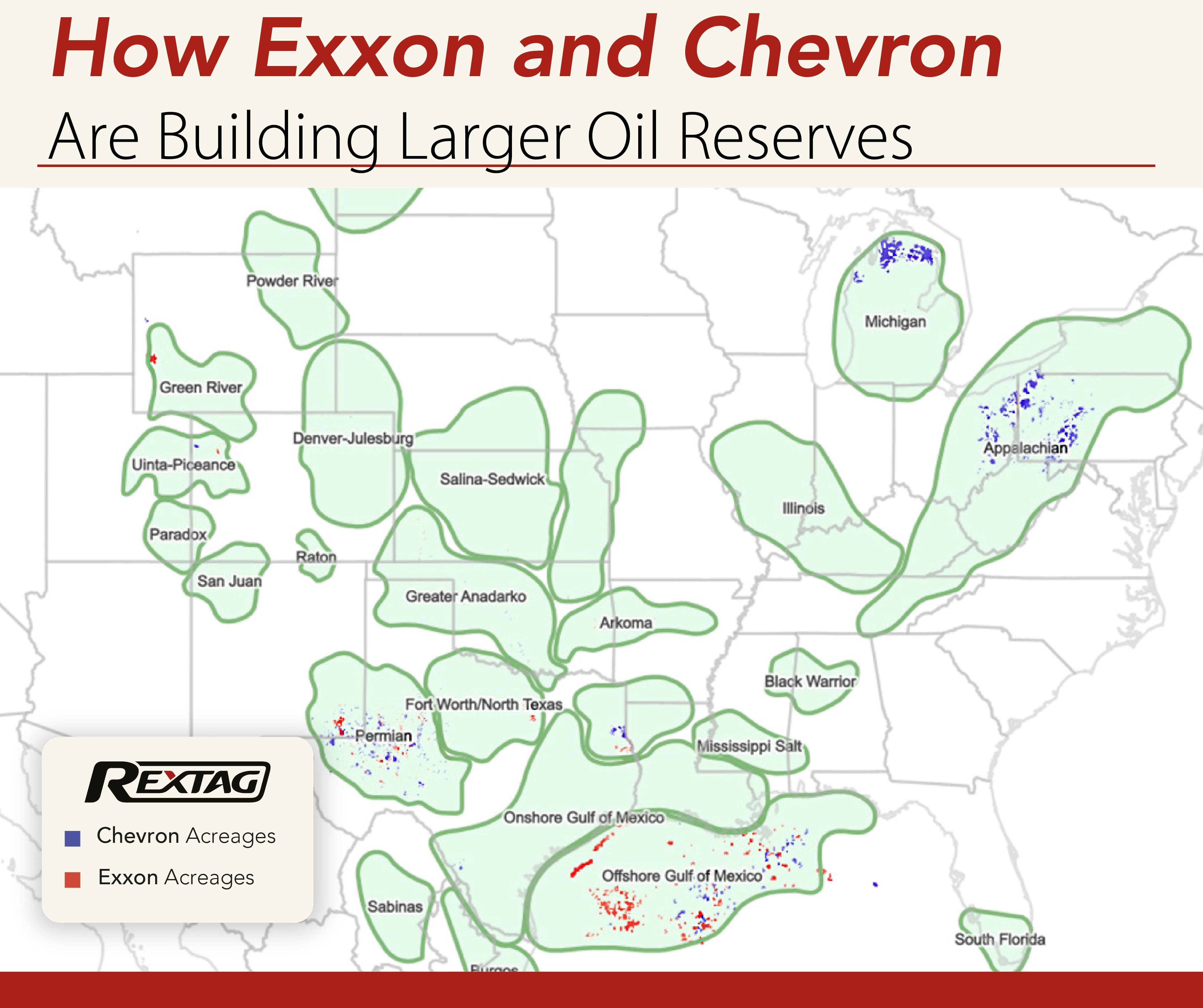
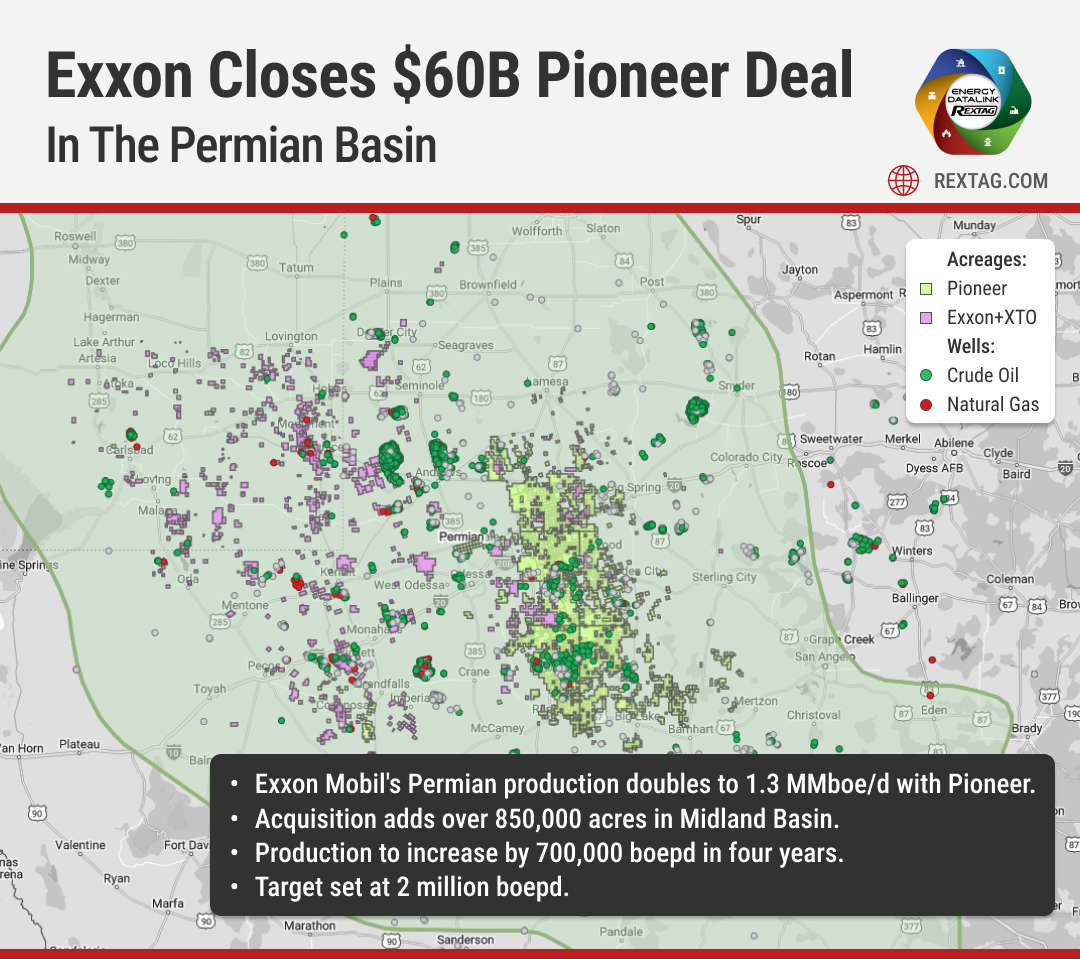
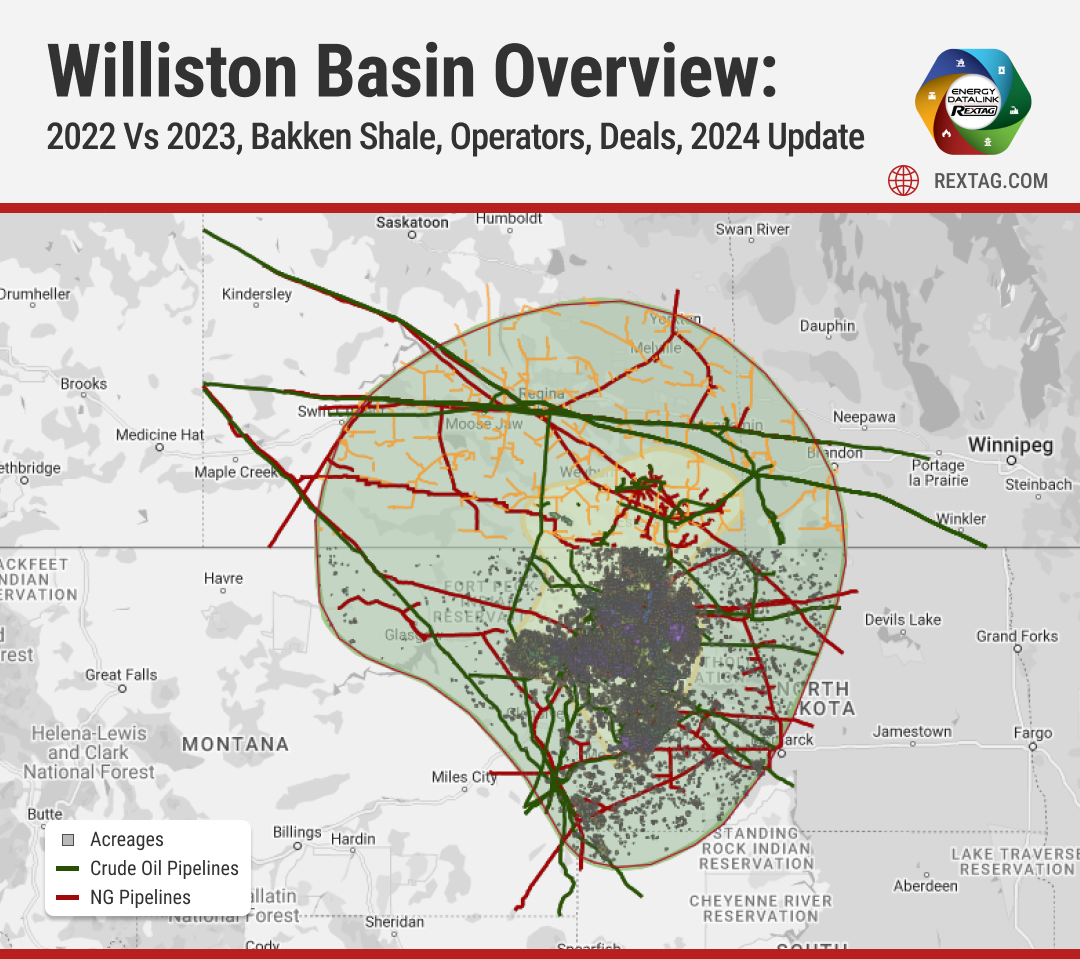
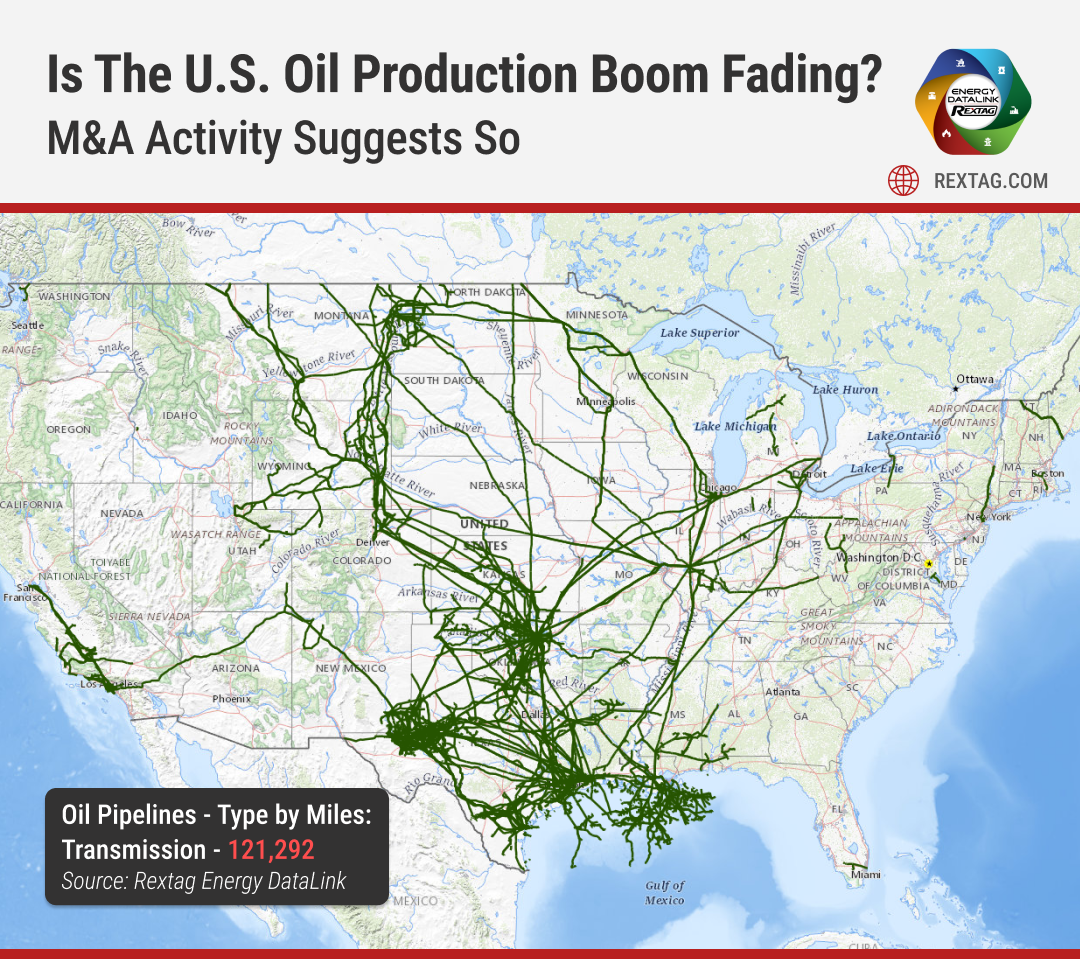
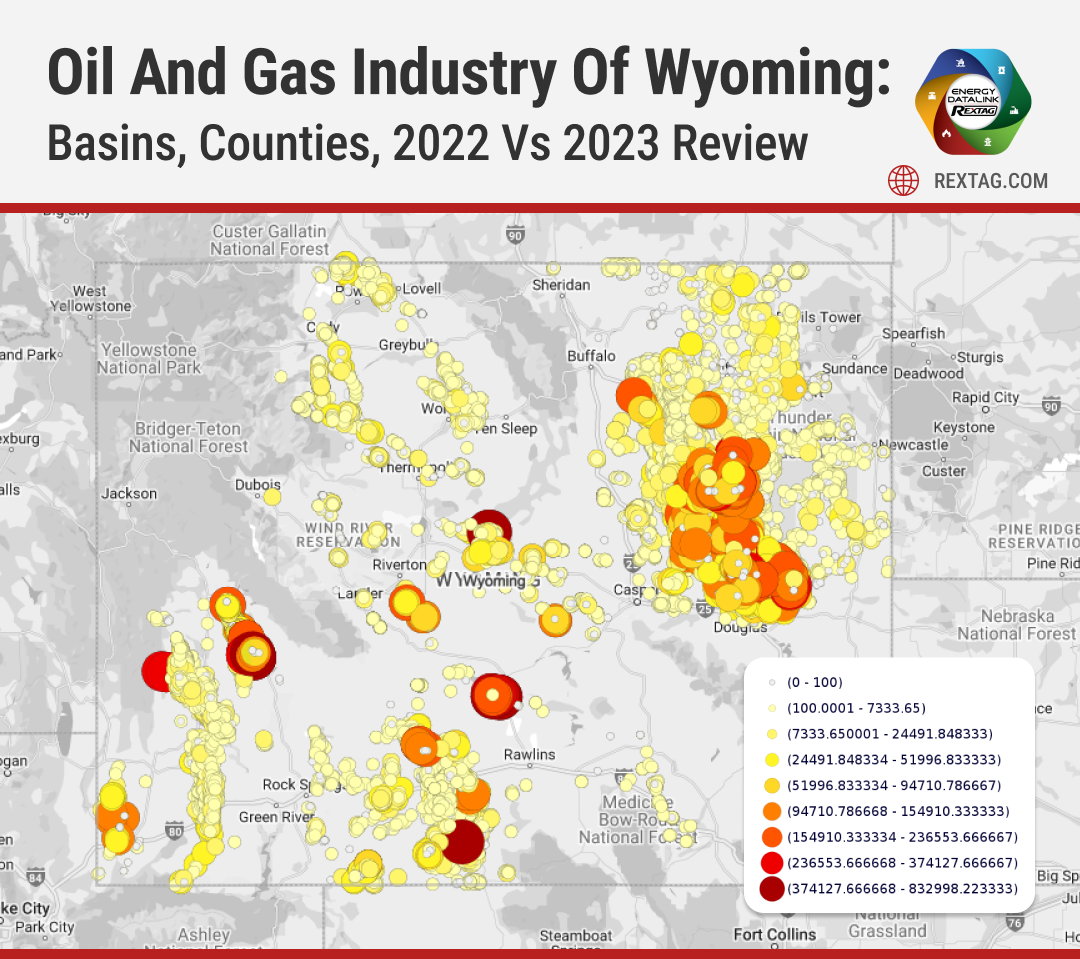

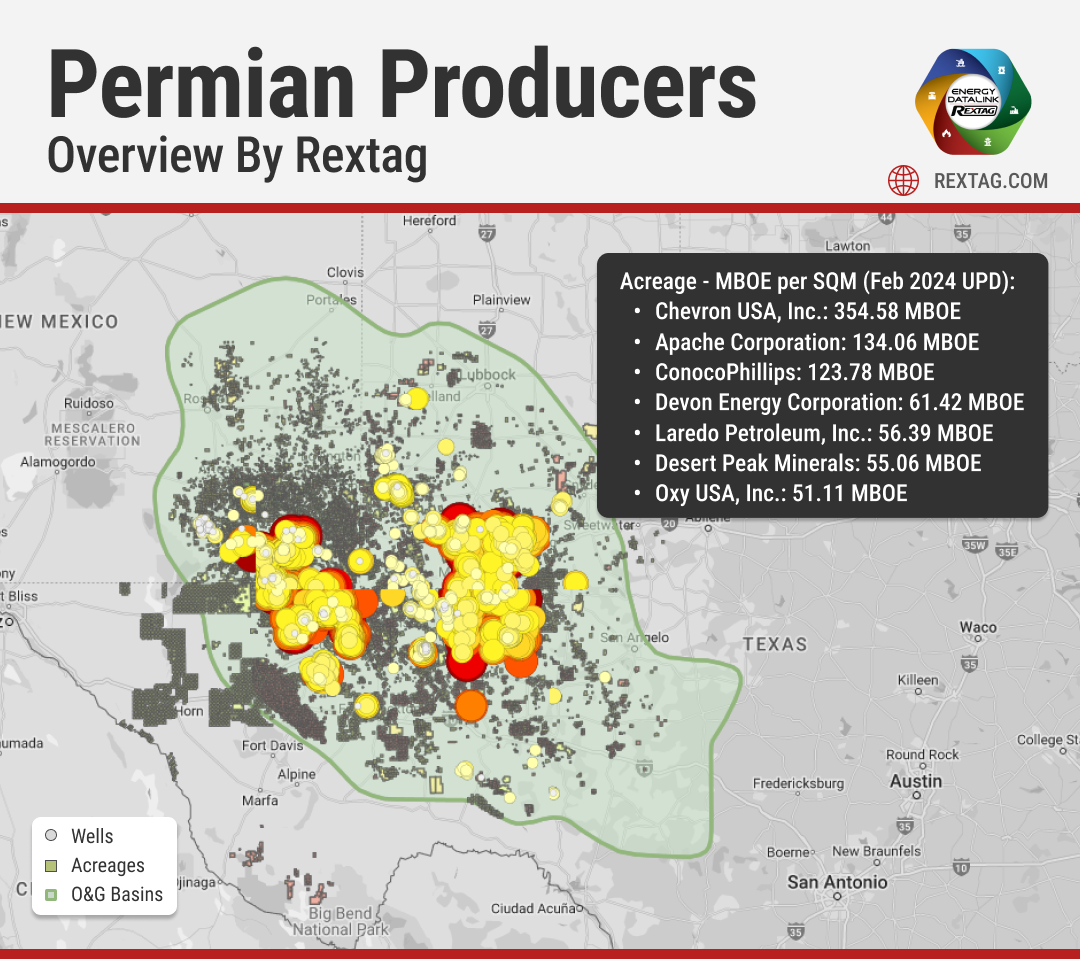
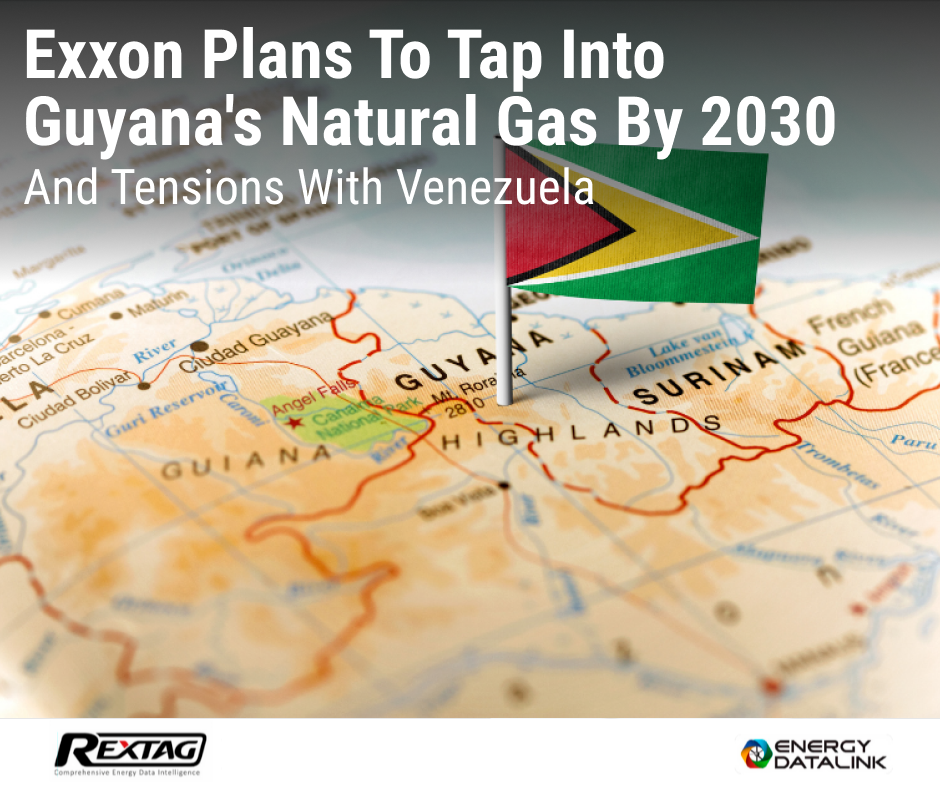

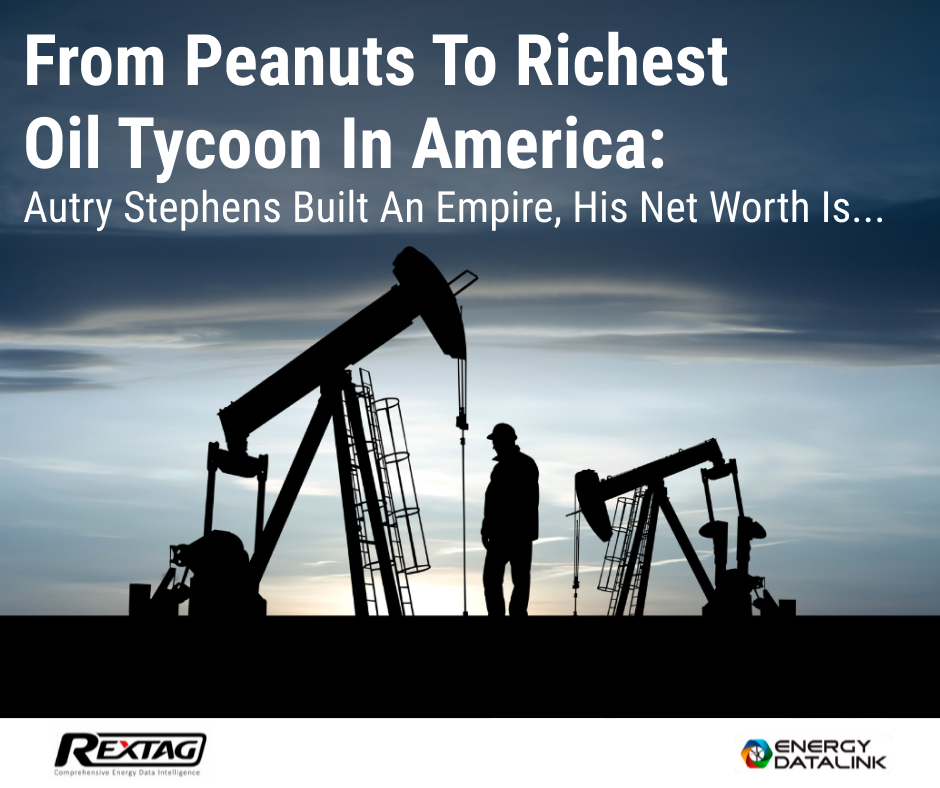

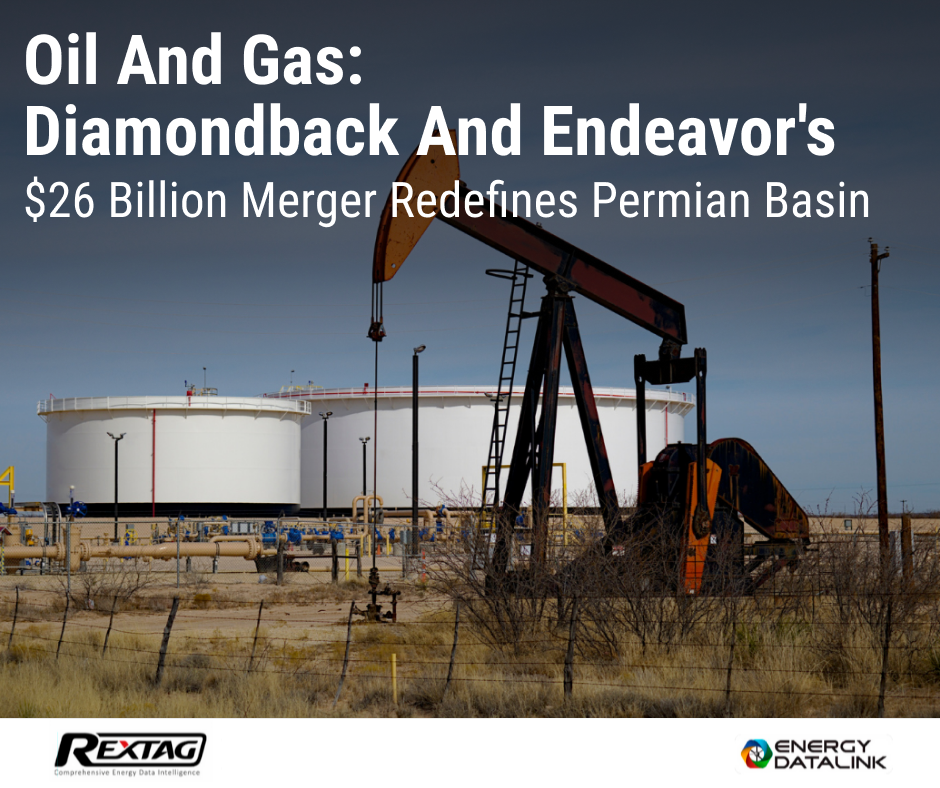
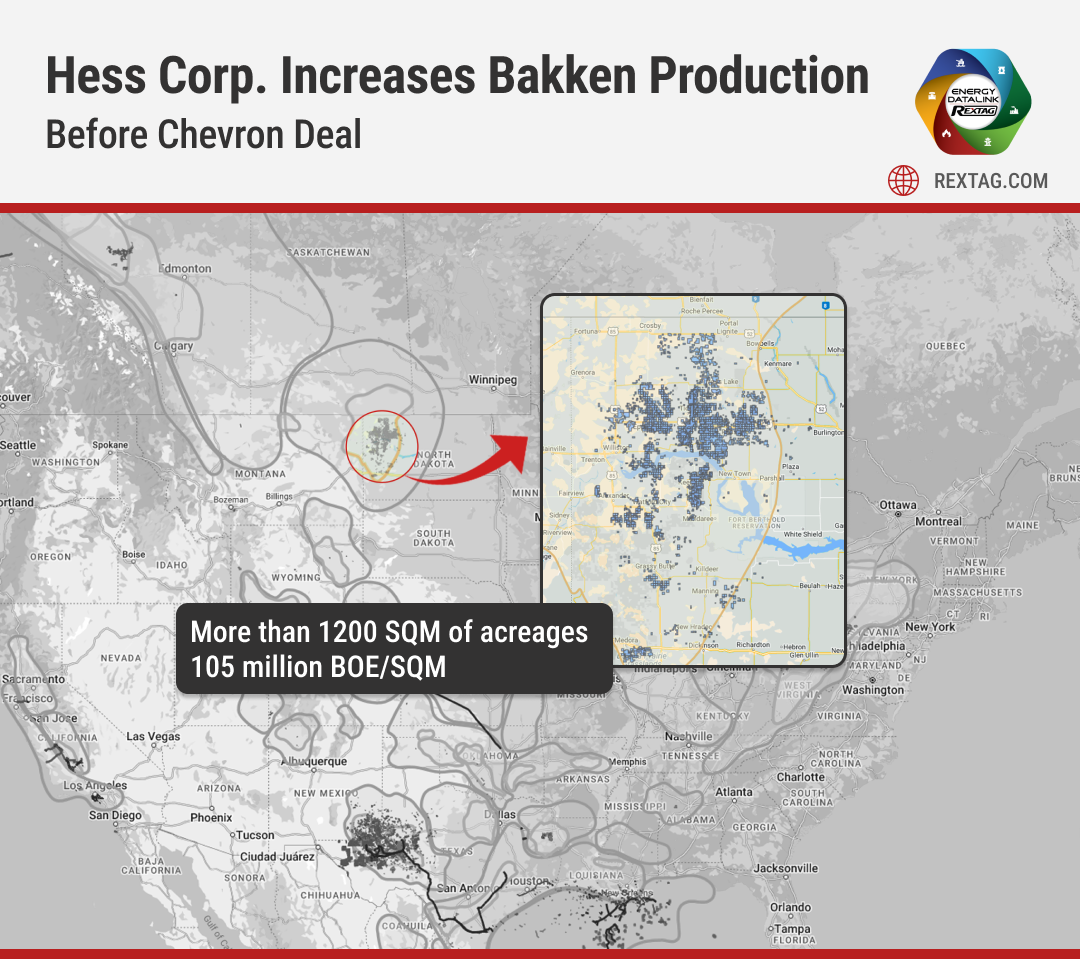
Blog_Grayson Mill acquired Ovintiv's Bakken assets for $825M in 2024.png)
- Occidental, CrownRock Merger Under Regulatory Review_ 2024 Update.png)
.png)
 Welcome 2024_ A Look Back at 2023 Top Oil and Gas Sector Deals.png)
 How Grinch Almost Made Off with All Oil from Santa's TX-based Barrels.png)
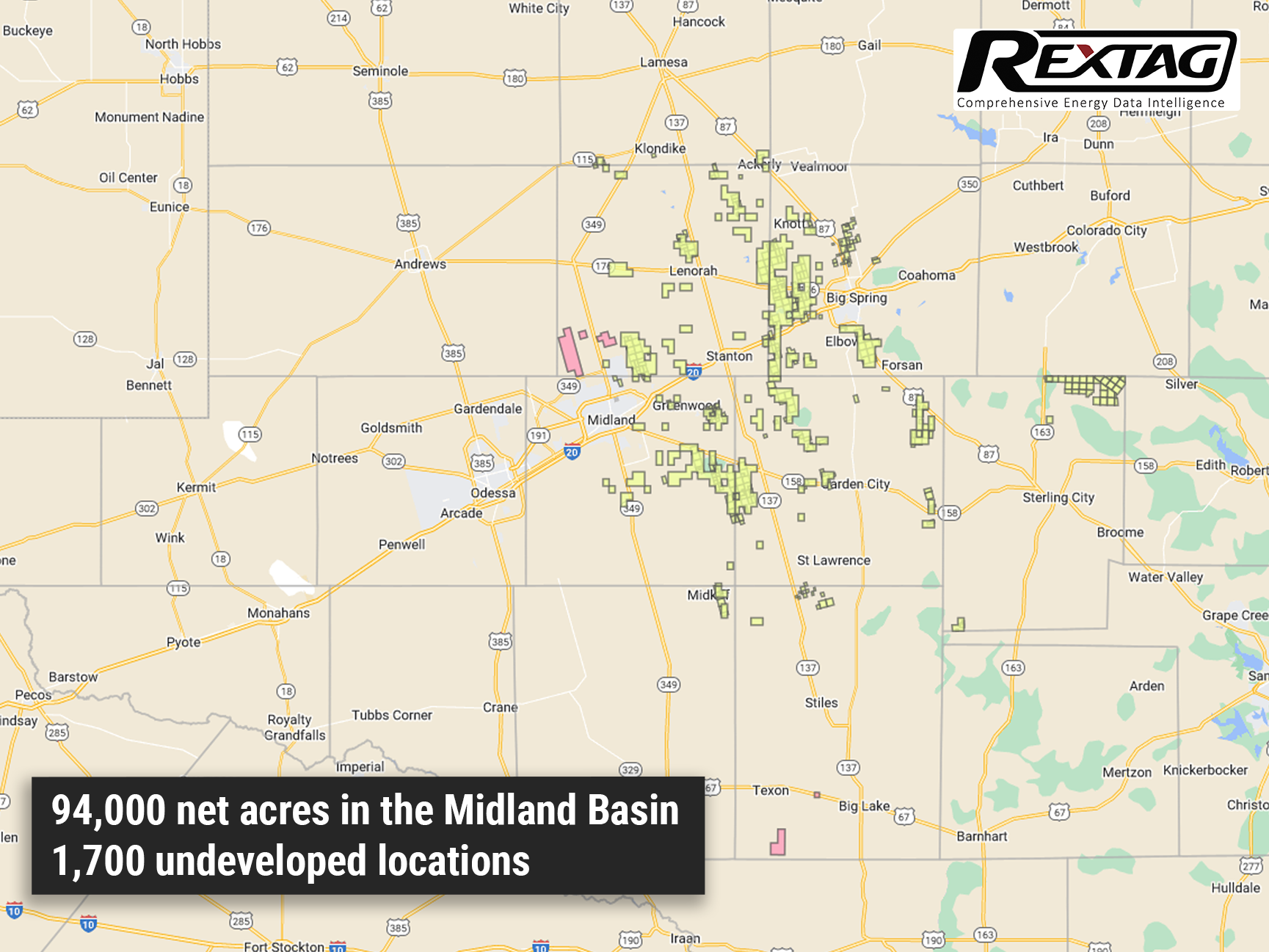
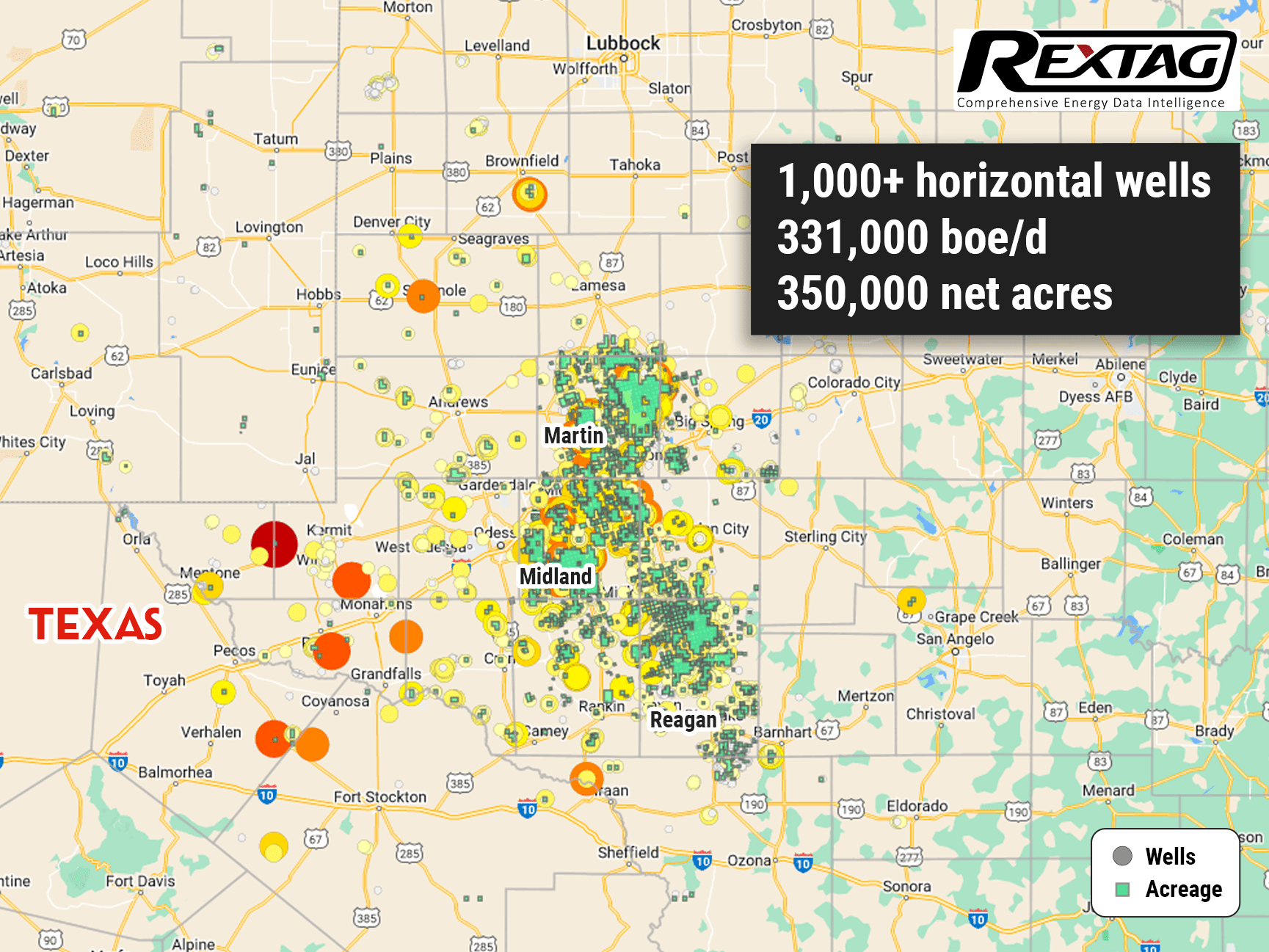

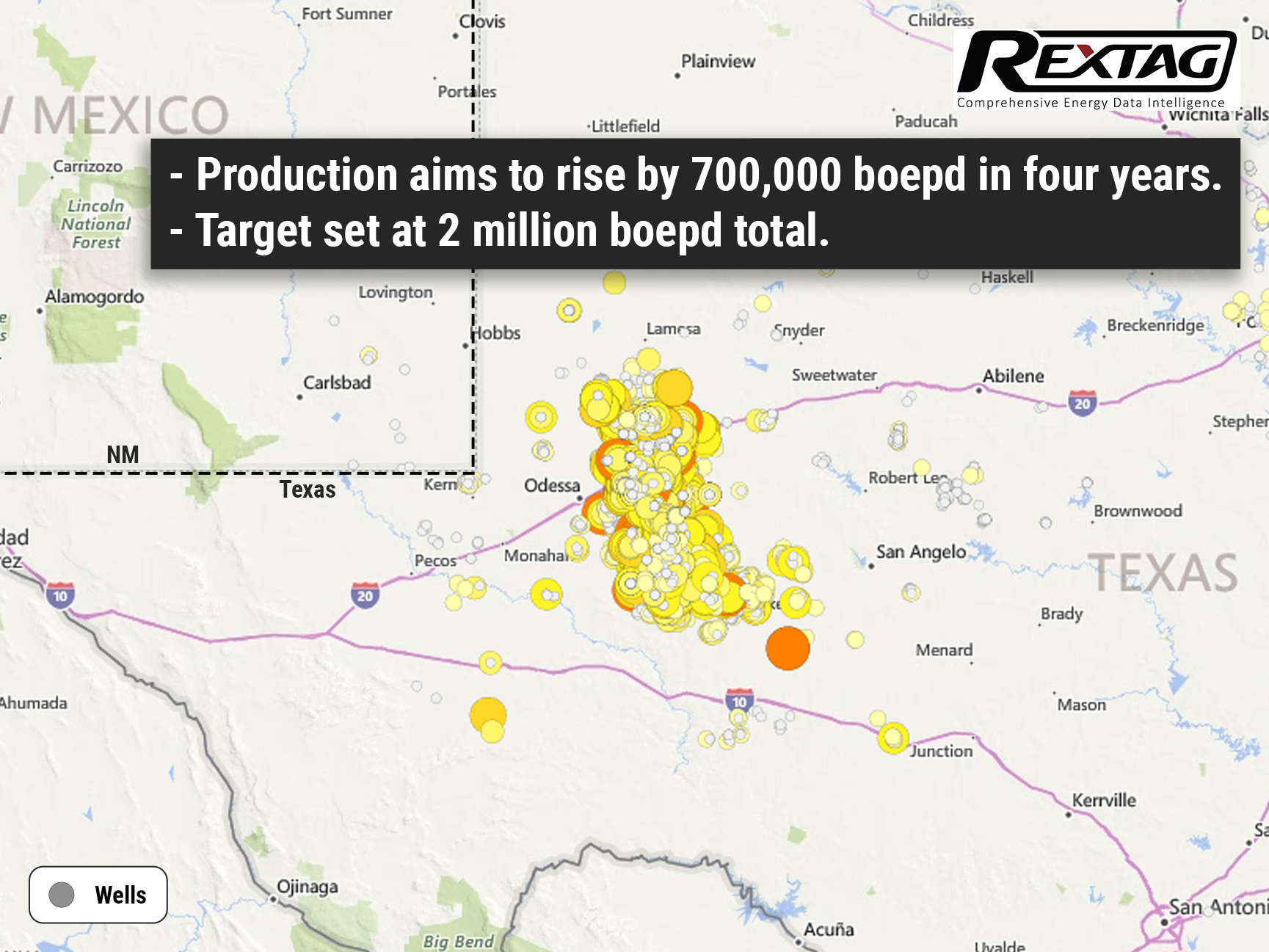
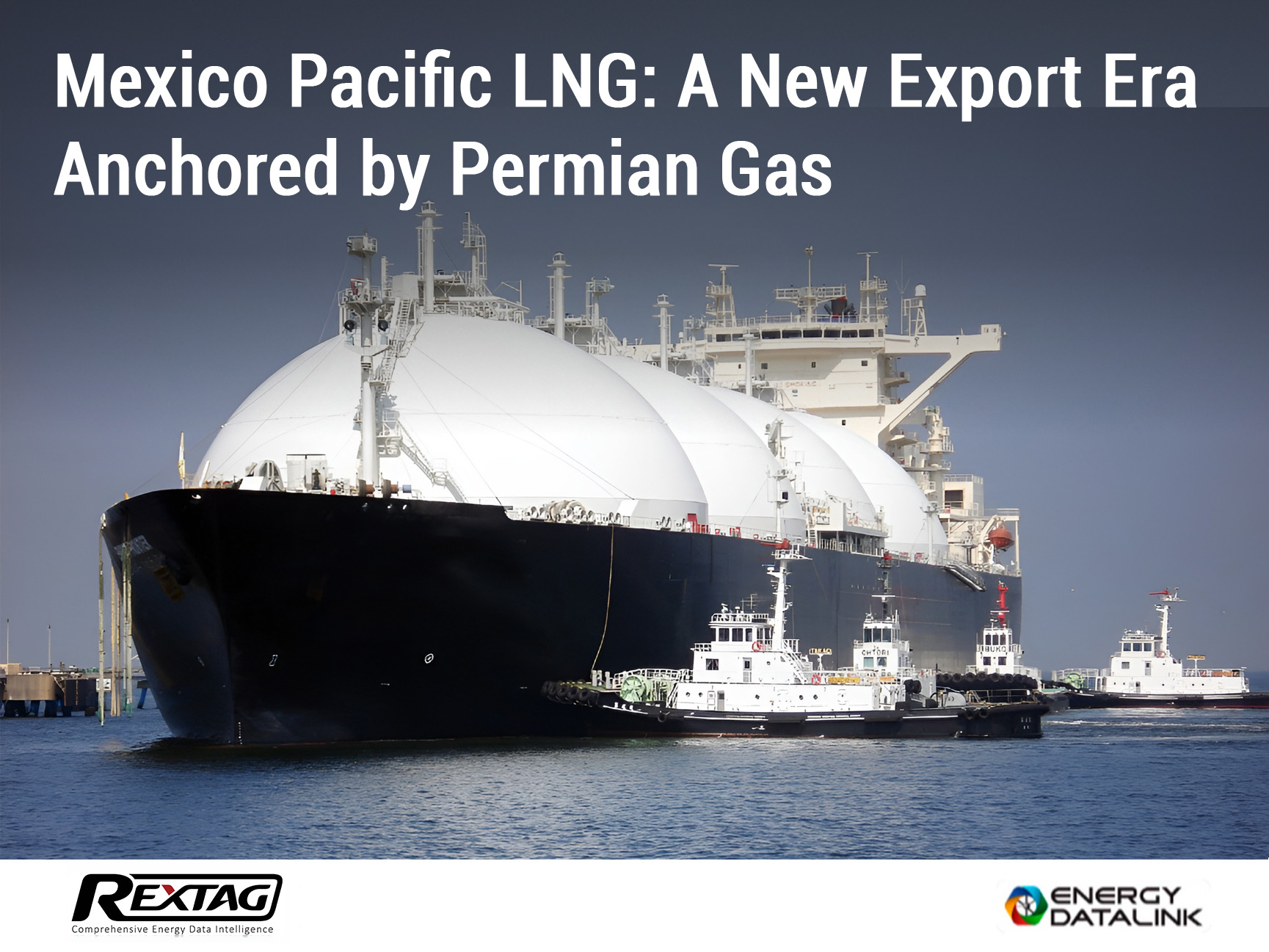
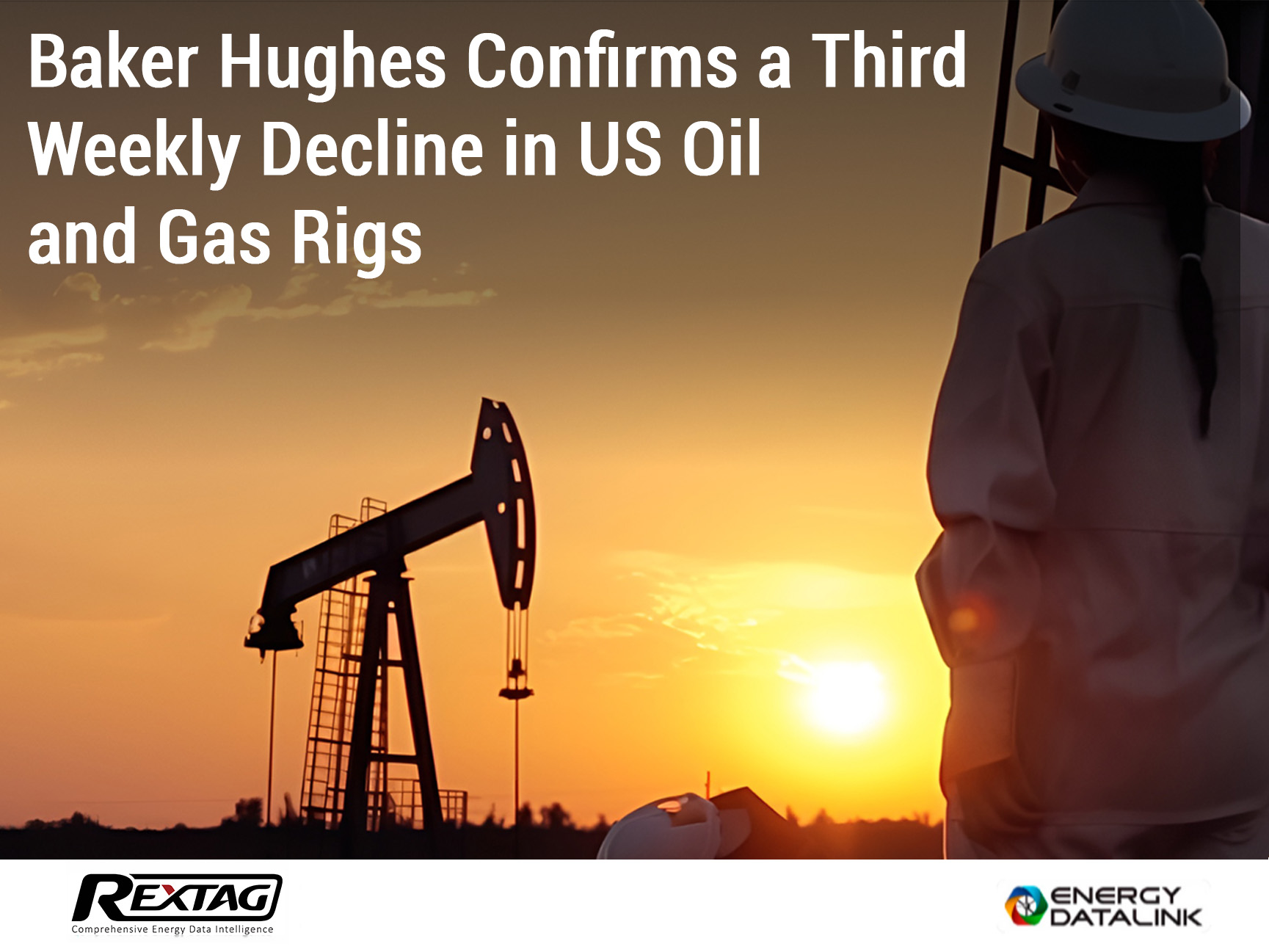

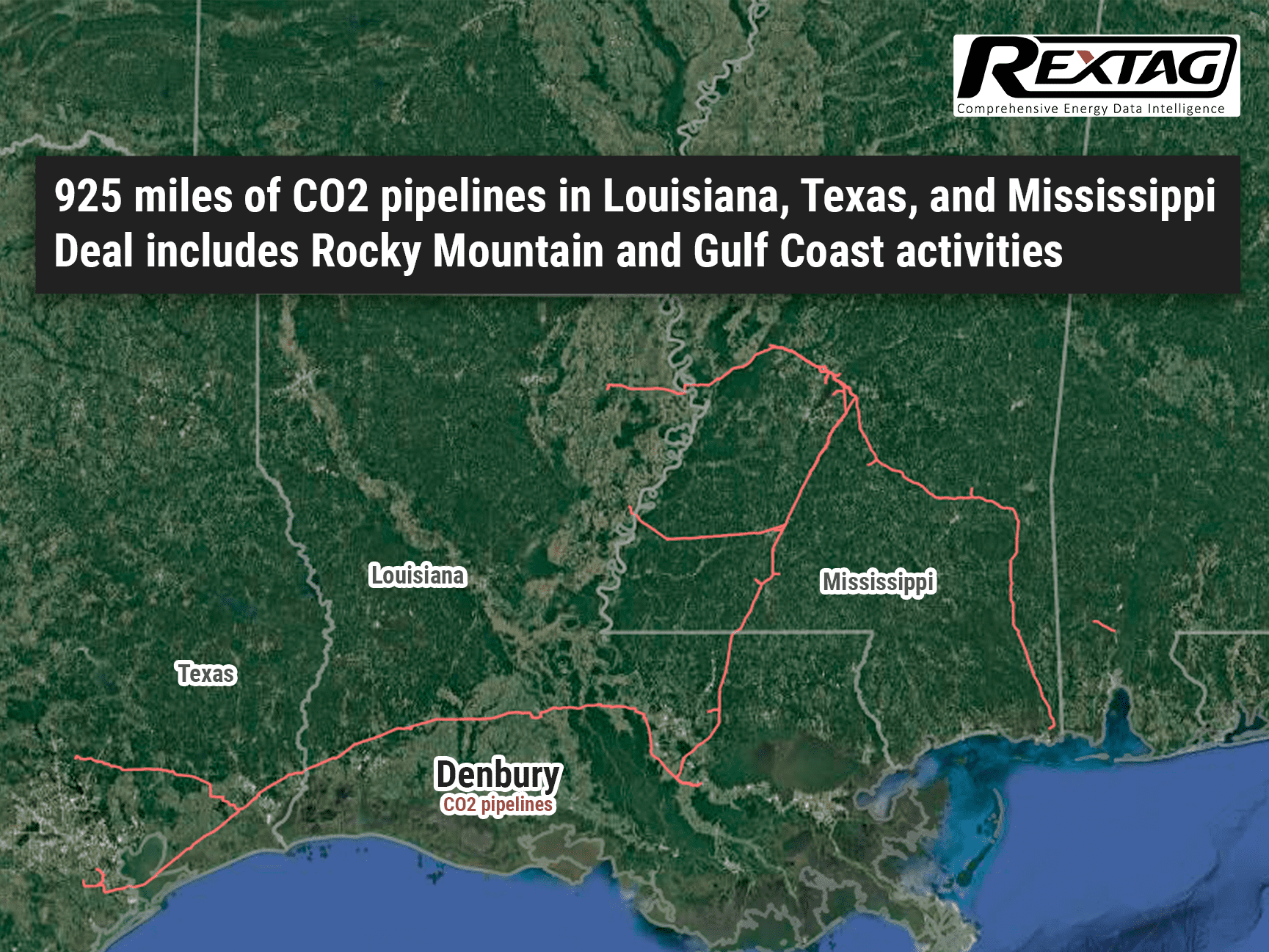
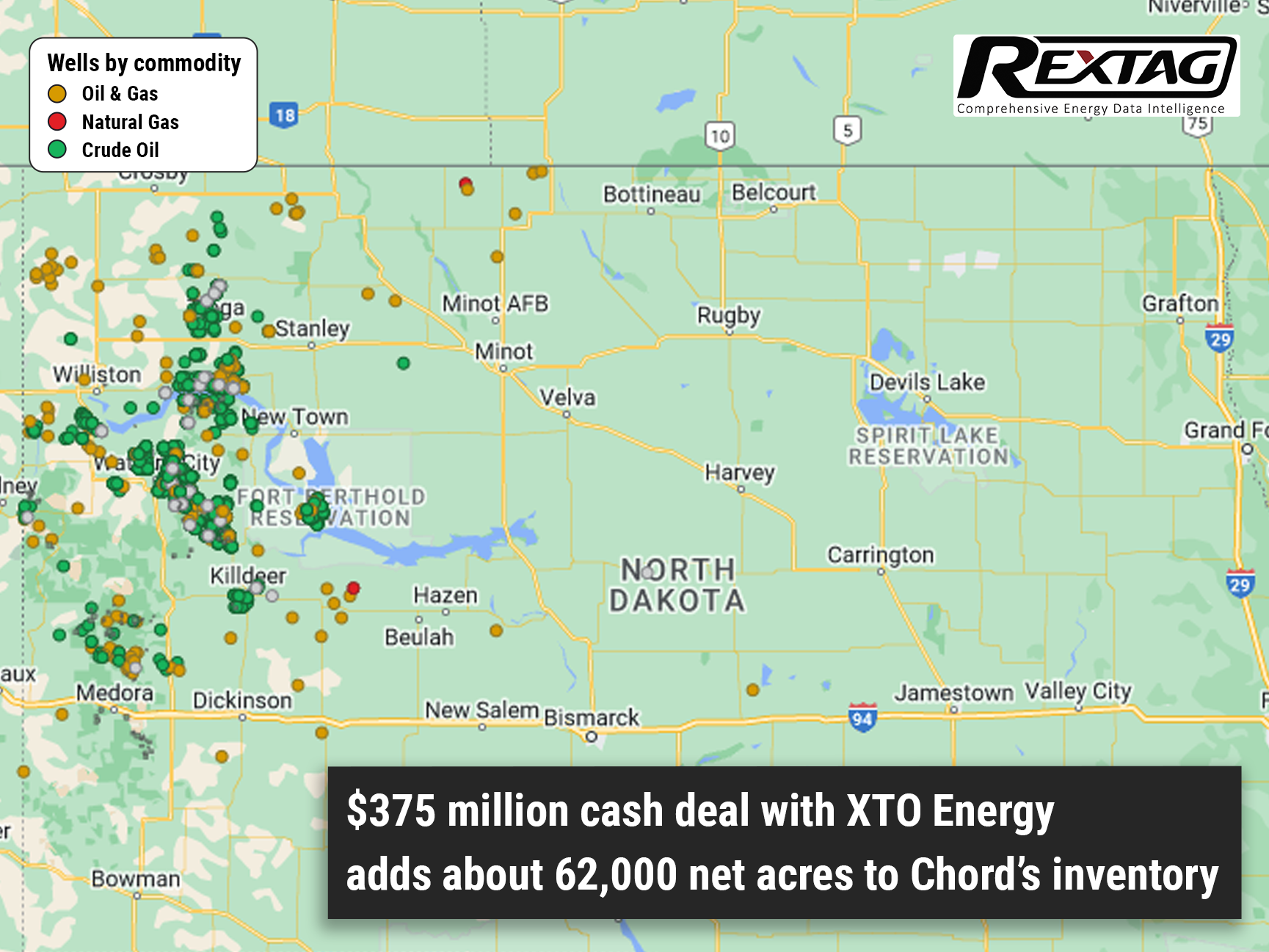
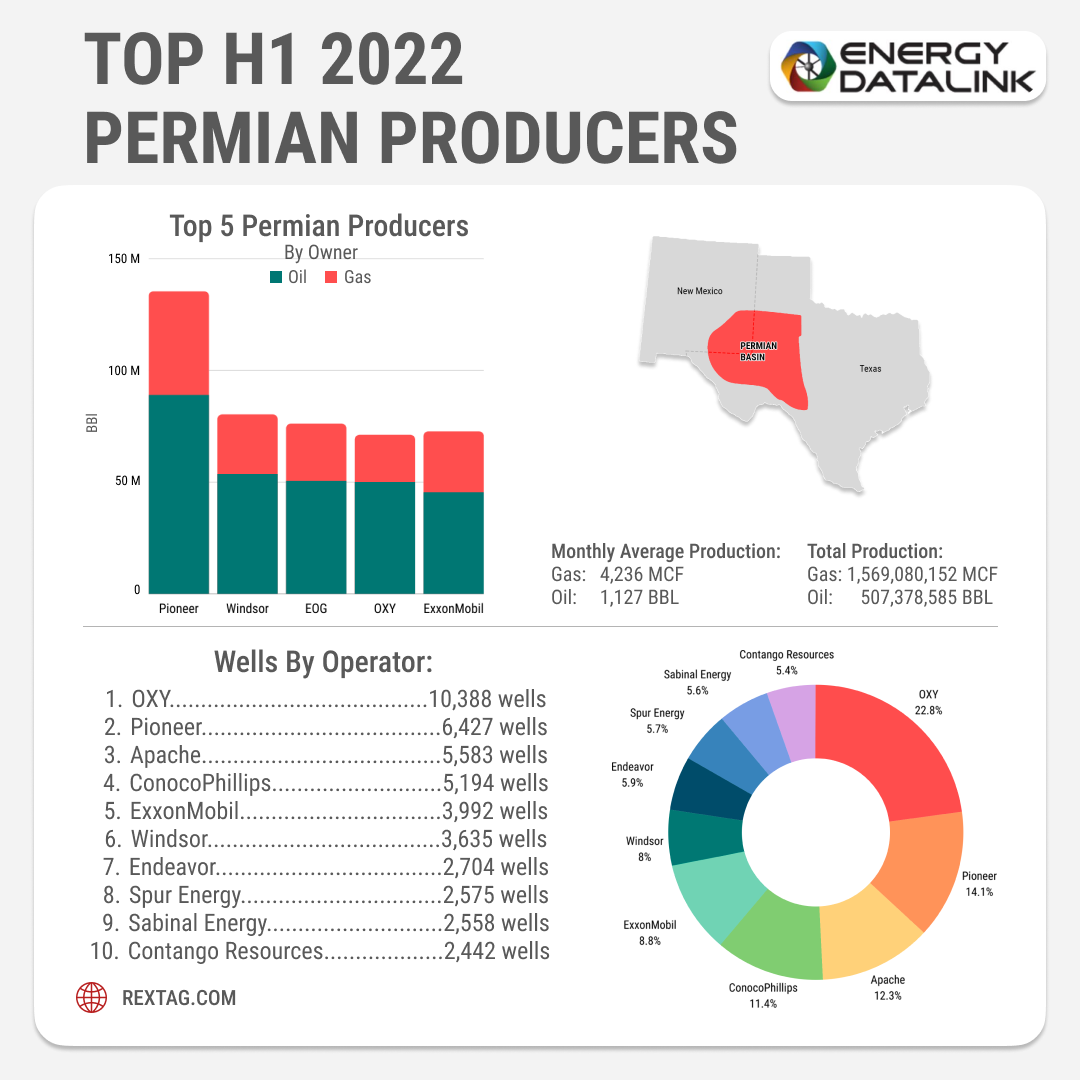




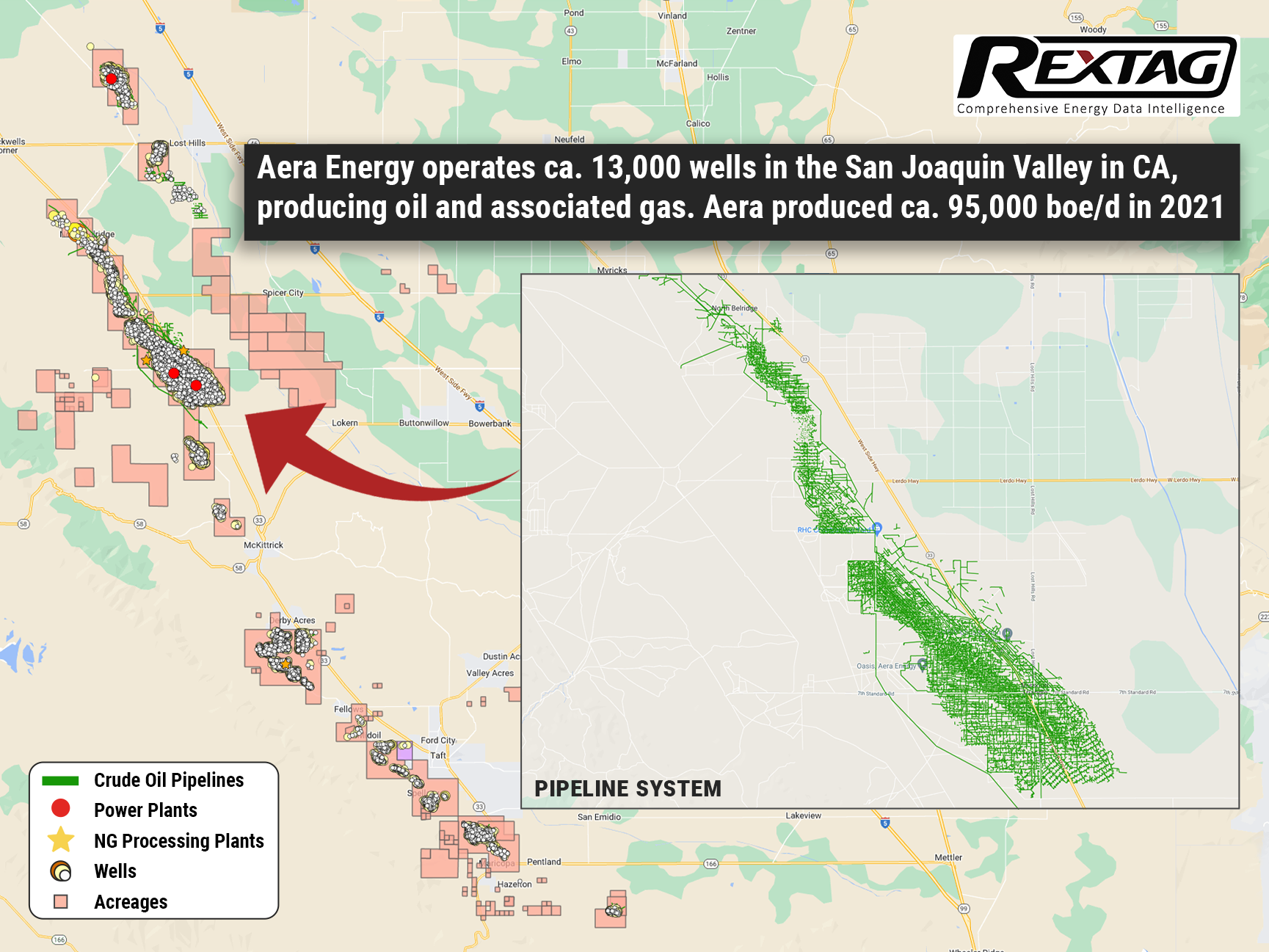
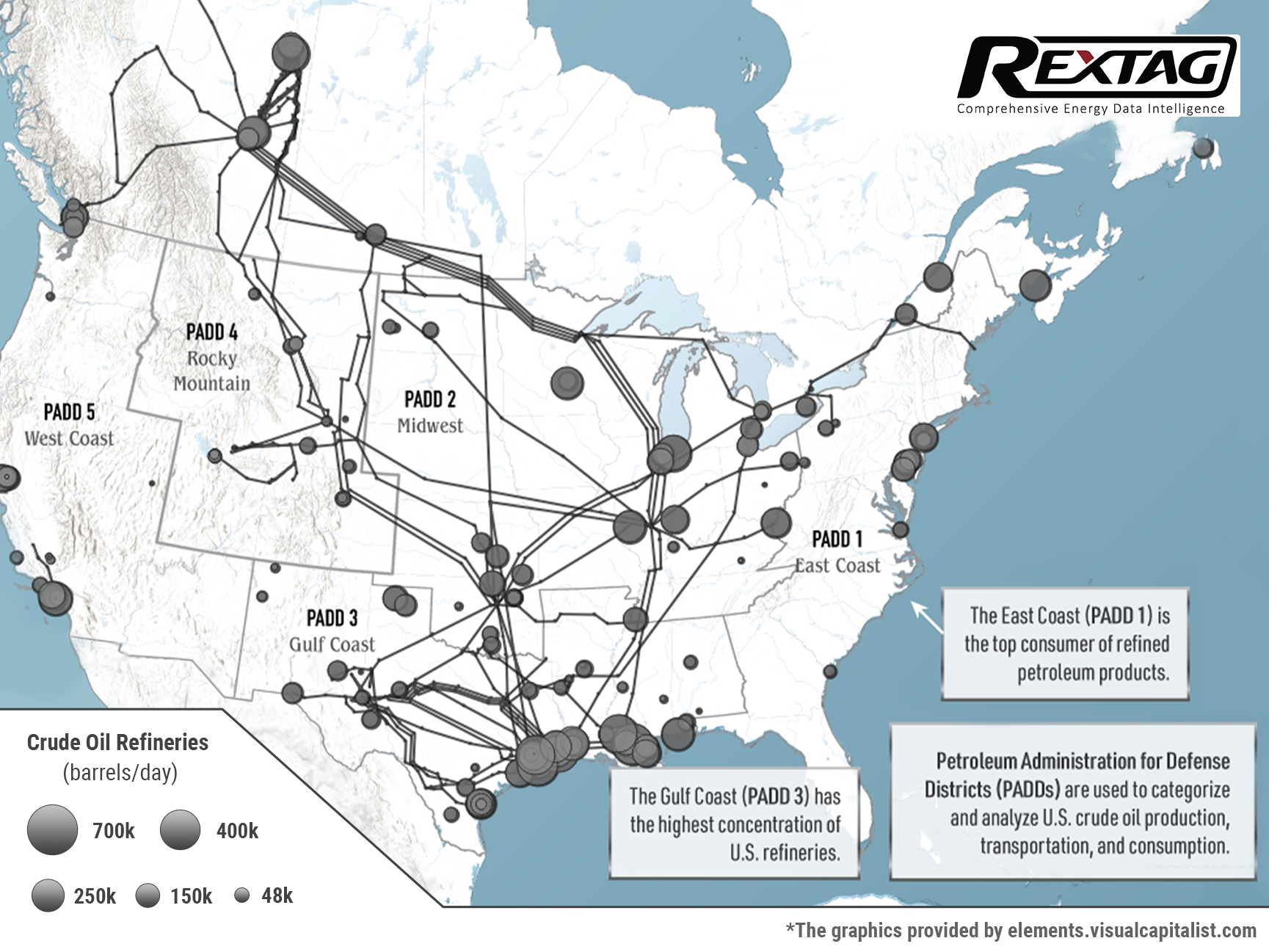

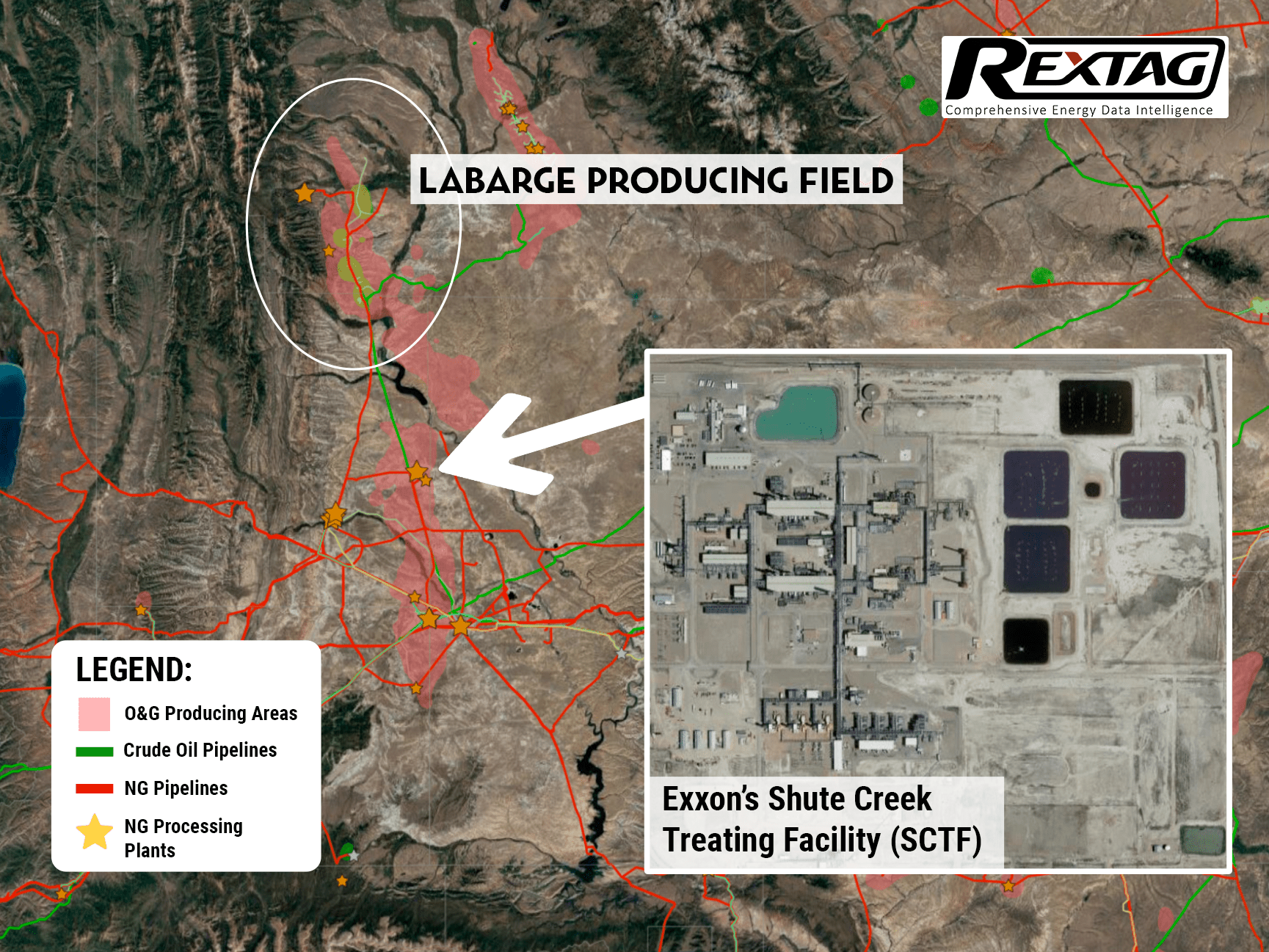
.png)